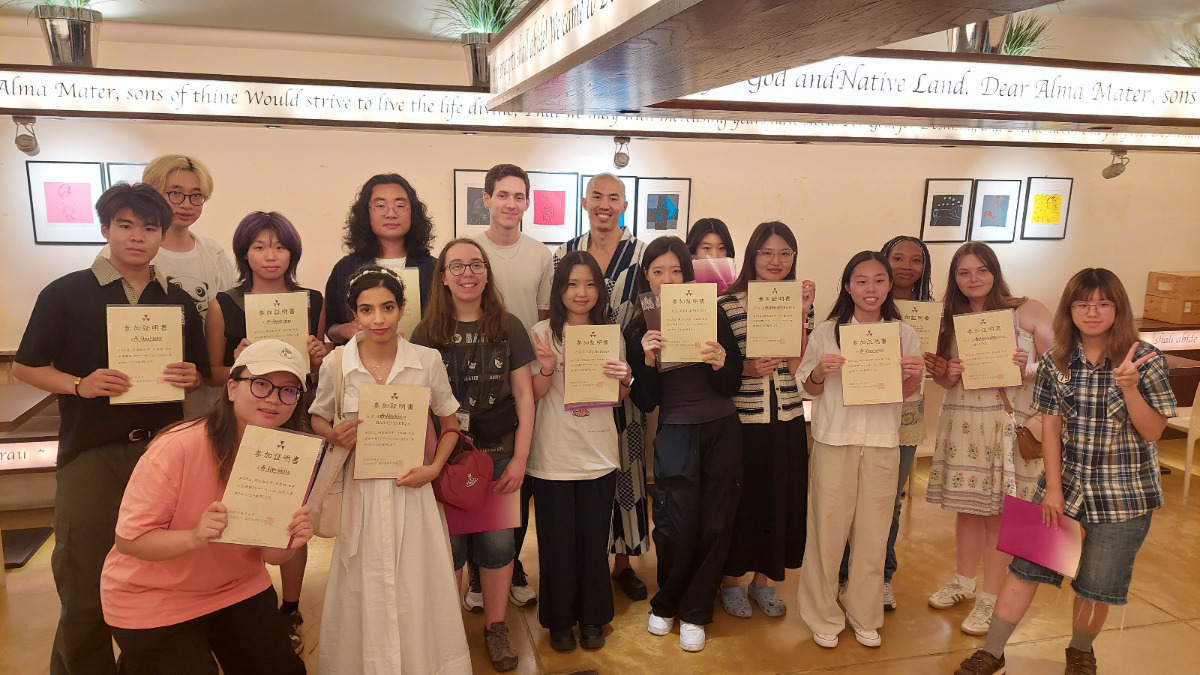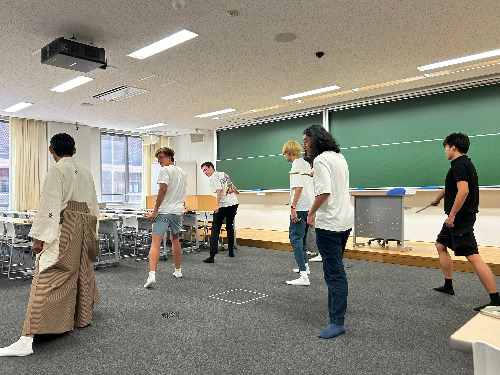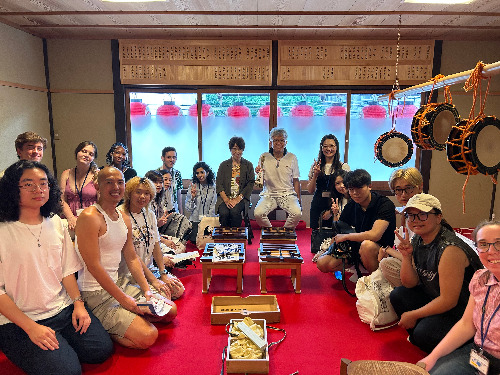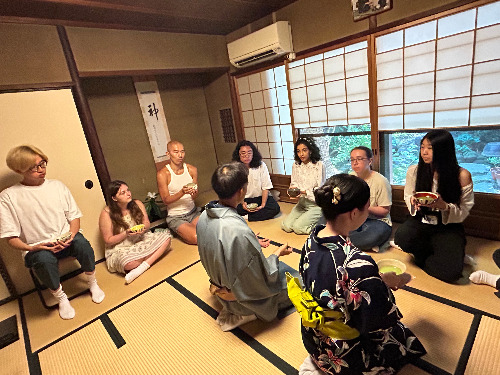Associate Professor Mika Ishino from the Faculty of Global and Regional Studies and Associate Professor Eunseok Ro from Pusan National University, South Korea, explored how feedback becomes “reflect-able” moments that guide student teachers’ learning in language education.
Feedback is central to teacher education, yet little is known about how it can be delivered in real-time. A new study of language teacher education in Japan and South Korea shows how educators transform feedback into “reflect-ables”: concrete moments from microteaching that prompt reflection and guide professional growth. The researchers, using conversation analysis, demonstrate how feedback practices not only help assess teaching but also create opportunities for developing classroom interactional competence.
Reference
Ro, Eunseok and Ishino, Mika, Creating “Reflect-ables”: A Conversation Analytic Study of Feedback Practices in Language Teacher Education, TESOL Quaterly, October 2025.
DOI: https://doi.org/10.1002/tesq.70035
For more details, please see the website of Organization for Research Initiatives and Development, Doshisha University.
https://research.doshisha.ac.jp/news/news-detail82/
This achievement has also been featured in the “EurekAlert!.”
https://www.eurekalert.org/news-releases/1101931
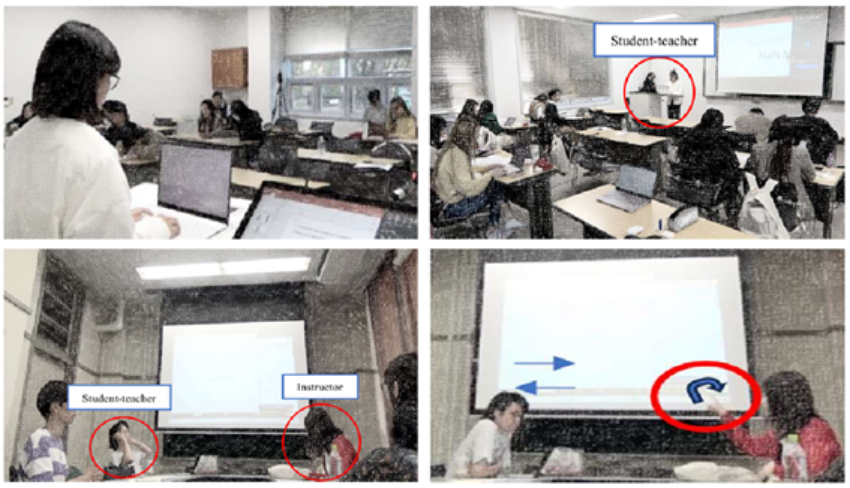
Image Title: Turning Feedback into “Reflect-Ables”: Conversation Analysis of Teacher Education in Japan and South Korea
Caption: Teacher educators guide student reflection by transforming specific microteaching moments into “reflect-ables,” using gestures, notes, and interactive discussion to co-construct professional learning opportunities. This approach highlights how feedback functions as a collaborative, reflective practice rather than a simple evaluation.
Credits: Eunseok Ro from Pusan National University, South Korea, and Mika Ishino from Doshisha University, Japan
Image License: Original content
Usage restrictions: Credit must be given to the creator.
| Contact |
|---|
From random chaotic vibrations to useful motion—toward new energy-harvesting technologies
Researchers, including Miku Hatatani, a Ph.D. student in the Department of Chemical Engineering and Materials Science, have developed the world’s first symmetric ratchet motor in which a perfectly circular disk spins in one direction when placed on vibrating particles, inspired by molecular motors in biological systems. While conventional rachets rely on asymmetry, this motor emerges from spontaneous symmetry breaking. This discovery highlights a new principle in physics of extracting order from noise, setting the stage for innovative energy-harvesting devices that work on ambient vibrations.
Reference
Hatatani, M., Oguni,J., Yamamoto, D., & Shioi, A., Emergence of a ratchet motor by spontaneous symmetry breaking, Chaos 35,(8), 083102 (2025).
https://doi.org/10.1063/5.0271467
https://research.doshisha.ac.jp/news/news-detail-80/
This achievement has also been featured in the “EurekAlert!.”News Release 11-Sep-2025,
https://www.eurekalert.org/news-releases/1097937
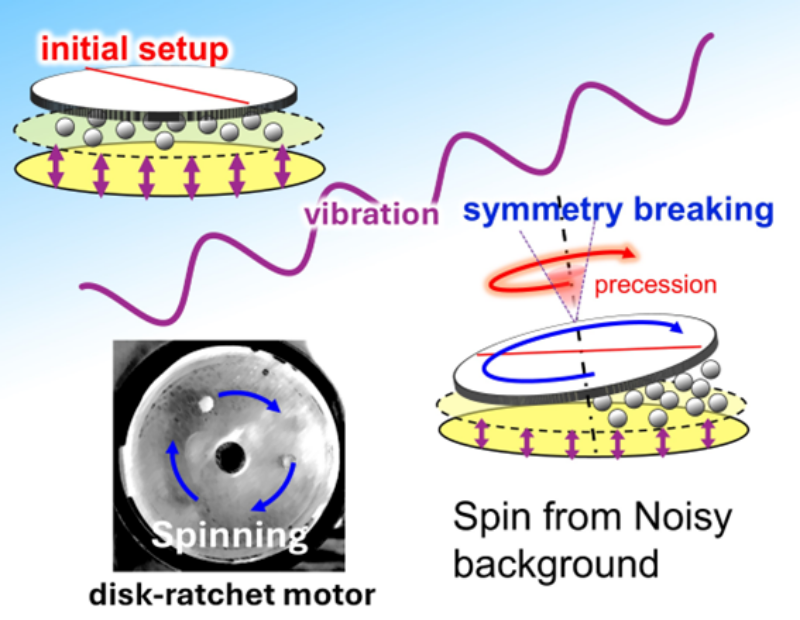
Title: Mechanism of Spontaneous Symmetry Breaking in a Symmetric Ratchet Motor
Caption: In the initial setup, the particles are evenly distributed. But when the disc is placed on the particle bed and subjected to vibration, it spontaneously begins to spin in one direction, demonstrating self-organization arising from breaking of symmetry.
Image credit: Ms. Miku Hatatani from Doshisha University, Japan
Image license: Original content
Usage restrictions: Cannot be used without permission.
| Contact |
|---|
Assistant Professor Shin-nosuke Nishimura, Professor Tomoyuki Koga, and their research team have developed a simulation model to clarify how 4-position substitution in cyclic ketene acetals influences radical ring-opening polymerization.
Cyclic ketene acetals (CKAs) contain carbon atoms and oxygen arranged in a ring-like structure and are ideal for designing degradable polymers. However, the complex reaction pathways and mechanistic factors involved during the polymerization process remain unclear. In a new study from Doshisha University, researchers have developed a simulation model and conducted in-depth nuclear magnetic resonance spectroscopic analyses to determine the critical factors that can influence radical ring-opening polymerization of CKAs.
Reference
Shin-nosuke Nishimura, Marina Uryu, Tomoyuki Koga, Kinetic Model of Radical Ring-Opening Polymerization of Asymmetric Five-Membered Cyclic Ketene Acetals, Macromolecules, 2025, August 19
DOI : 10.1021/acs.macromol.5c01438
For more details, please see the website of Organization for Research Initiatives and Development, Doshisha University.
https://research.doshisha.ac.jp/news/news-detail-79/
https://www.eurekalert.org/news-releases/1096807
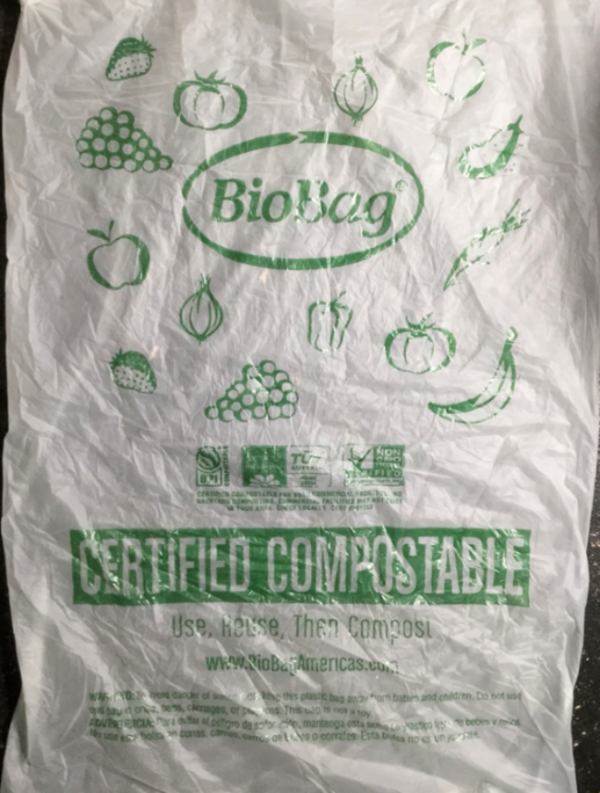
Image title: Biodegradable polymers, such as cyclic ketene acetals (CKAs), are key to reducing persistent plastic pollution concerns
Image credit: Geo Lightspeed7 from Openverse
Image source link: https://openverse.org/image/a1296bd2-2c44-40ac-a0f9-b294e37bd7a1?q=biodegradable+plastics&p=83
License type: CC BY-SA 4.0
Usage restrictions: Credit must be given to the creator. Adaptations must be shared under the same terms.
| Contact |
|---|
The Center for Global Education and Japanese Studies(CGJ) hosted“Doshisha Summer Session 2025” for four weeks, from July 8, 2025 to August 5. This year, there were 18 participants from Saudi Arabia, France, United States, United Kingdom, Korea, China, Hongkong, and Taiwan.
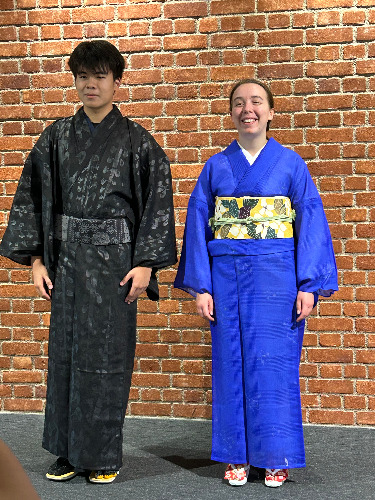 Japanese Kimono Culture
Japanese Kimono Culture
The Japanese language classes were divided into two levels, and lessons were conducted in the areas of grammar, reading comprehension, and oral expression. In addition, in the course "Traditional culture and daily life in Kyoto," ten guest speakers were invited to give lectures about Kyoto’s traditional culture, such as the Gion Festival and Nishijin weaving. The participants also participated in hands-on cultural experiences, including tea ceremony, Aikido, Noh, Zen meditation, Kimono, and Japanese food making.
During the period, more than 40 students from both Doshisha University and Doshisha Women's College of Liberal Arts participated in classes as volunteer study partners, joining in conversation practice and other activities. In the second week of the program, a get-together session with study partners was organized. Participants and study partners made some small groups and discussed about what they would like to do during their stay in Japan. Then they made up a plan and carried them out outside of class hours. (For example, going to karaoke, eating sushi, and hanging out wearing yukata.) Through this activity, participants and study partners grew closer and were able to interact actively outside of class.
On the final day, there was an opportunity for deepening what they learned and experienced during the program. Each participant selected topics of interest and gave presentations in Japanese followed by a discussion with study partners.
We received positive feedback from the participants. All participants said they would recommend the program to their friends and juniors, and 92% answered that they could achieve their goals for participating in the program. These responses clearly indicate a high level of satisfaction with this program. Furthermore, 85% of the students expressed an interest to study abroad at Doshisha University, showing that the program has contributed to enhancing the university’s presence.
Looking at the feedback by content, students shared the following comments about the Japanese language classes:
“All the teachers were kind and enthusiastic, and they made learning fun and easy to understand.” “The explanations were clear, and I learned something new every time.” “I gained much more confidence in my Japanese compared to before the program.”
Regarding the course “Traditional culture and daily life in Kyoto”, students commented:
“I was able to deeply experience the history, beauty, and traditional culture of Kyoto. Every class was memorable.” “It was a special experience because the content would have been difficult to learn through self-study.”
Among the classes of “Traditional culture and daily life in Kyoto”, the Gion Festival was a highlight. Participants’ comments on this reflect that they learned the perspective of festival organizers and their dedication. They commented:
“We visited the Ofunehoko float’s preparation place and learned about the behind-the-scenes works and the spirit of festival organizers”. “The unity of the local community in creating the festival truly reflected the characteristics of traditional Japanese culture”
The participants shared the following comments about the program as a whole:
“Thanks to the warm and welcoming atmosphere created by the teachers, I was able to participate with a sense of ease.” “It was a wonderful, once-in-a-lifetime experience.” “I learned a lot, and I am now inspired to study even more.” Some participants said that cultural exchange with study partners motivated them to learn Japanese more. Study partners have also shared that the interactions gained through volunteering in this program provided new insights and motivation for their future studies, indicating that our program served as an opportunity for growth for both participants and study partners.
We aim to improve the program content based on the feedback and provide a program that more accurately meets the needs of the participants.
| Contact |
国際教養教育院事務室 TEL:075-251-3240
|
|---|
Through mutual teaching and interaction between international and local students, each person was able to complete a beautiful Mizuhiki!
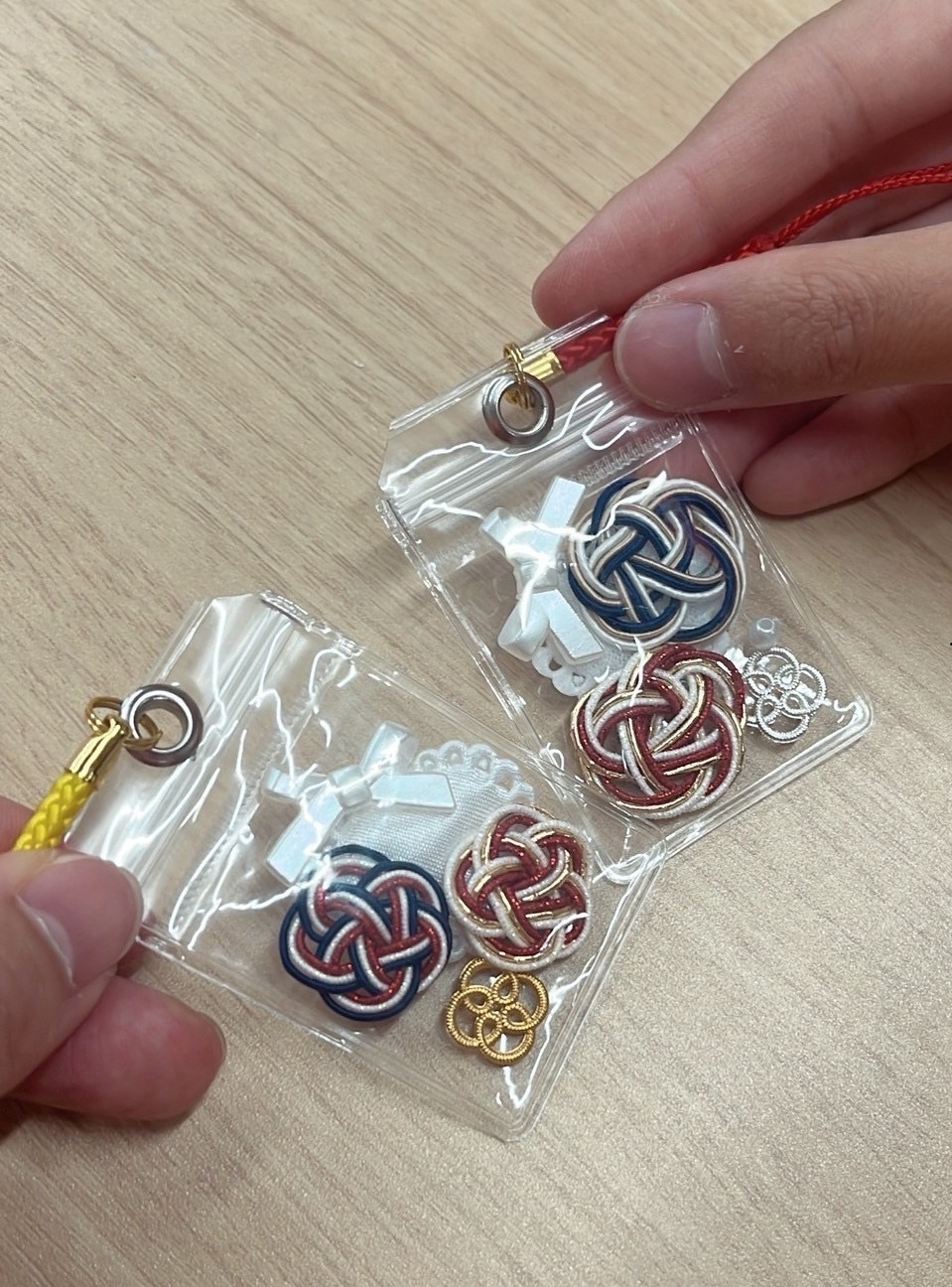
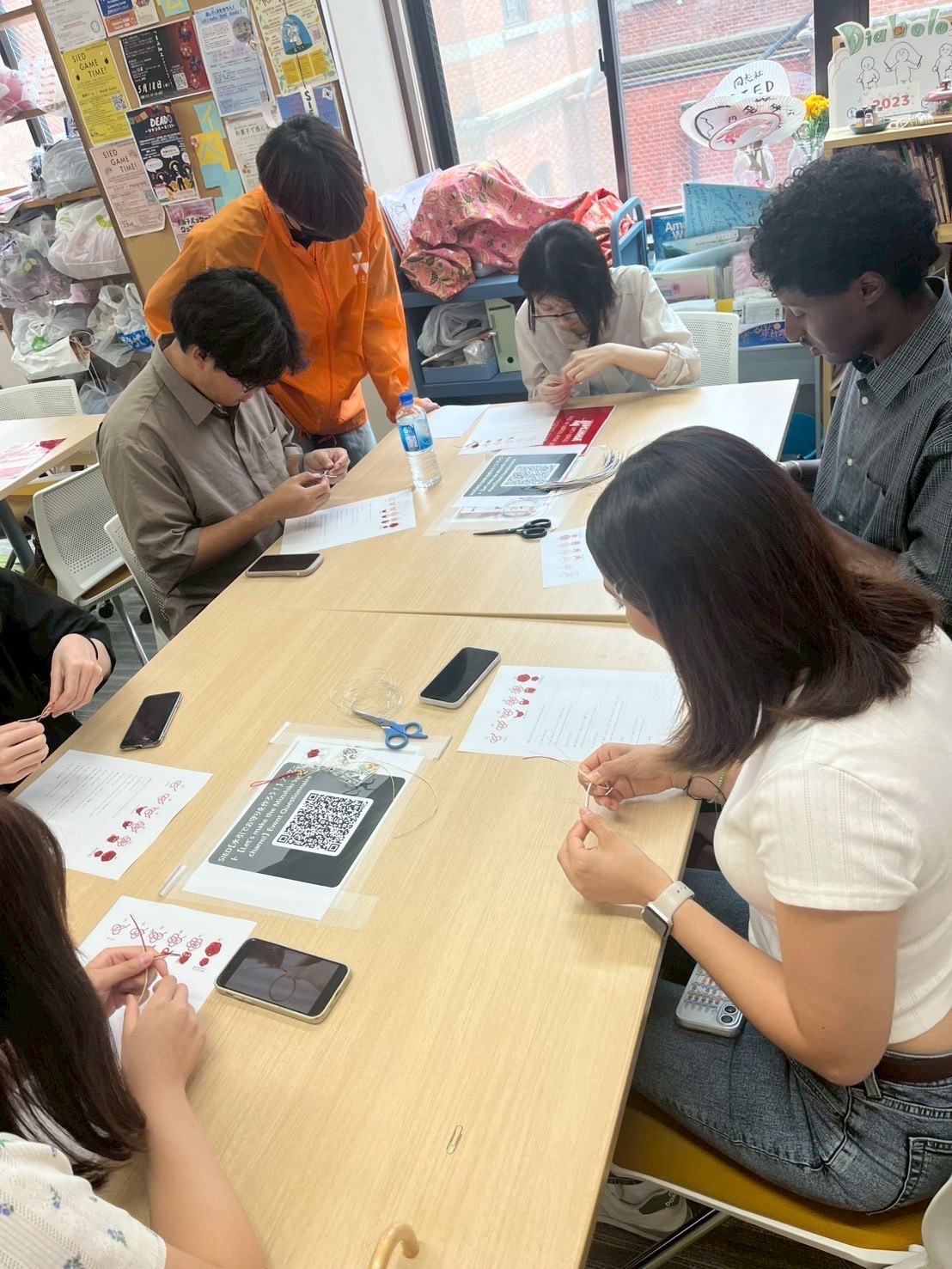
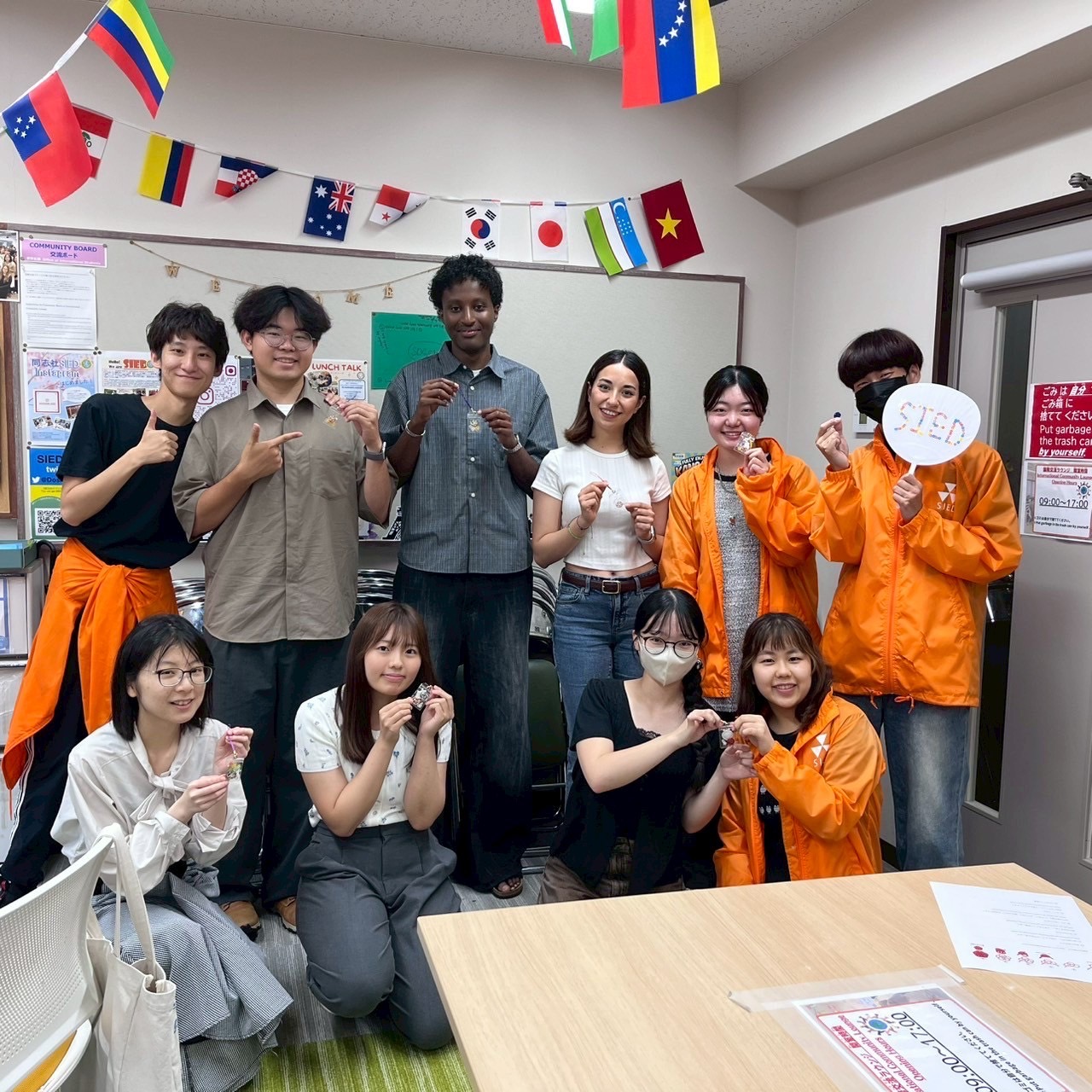
| Contact |
国際センター 留学生課 TEL:075-251-3257
|
|---|
If you’re interested, please check out our official Instagram or the Doshisha University website for future events!




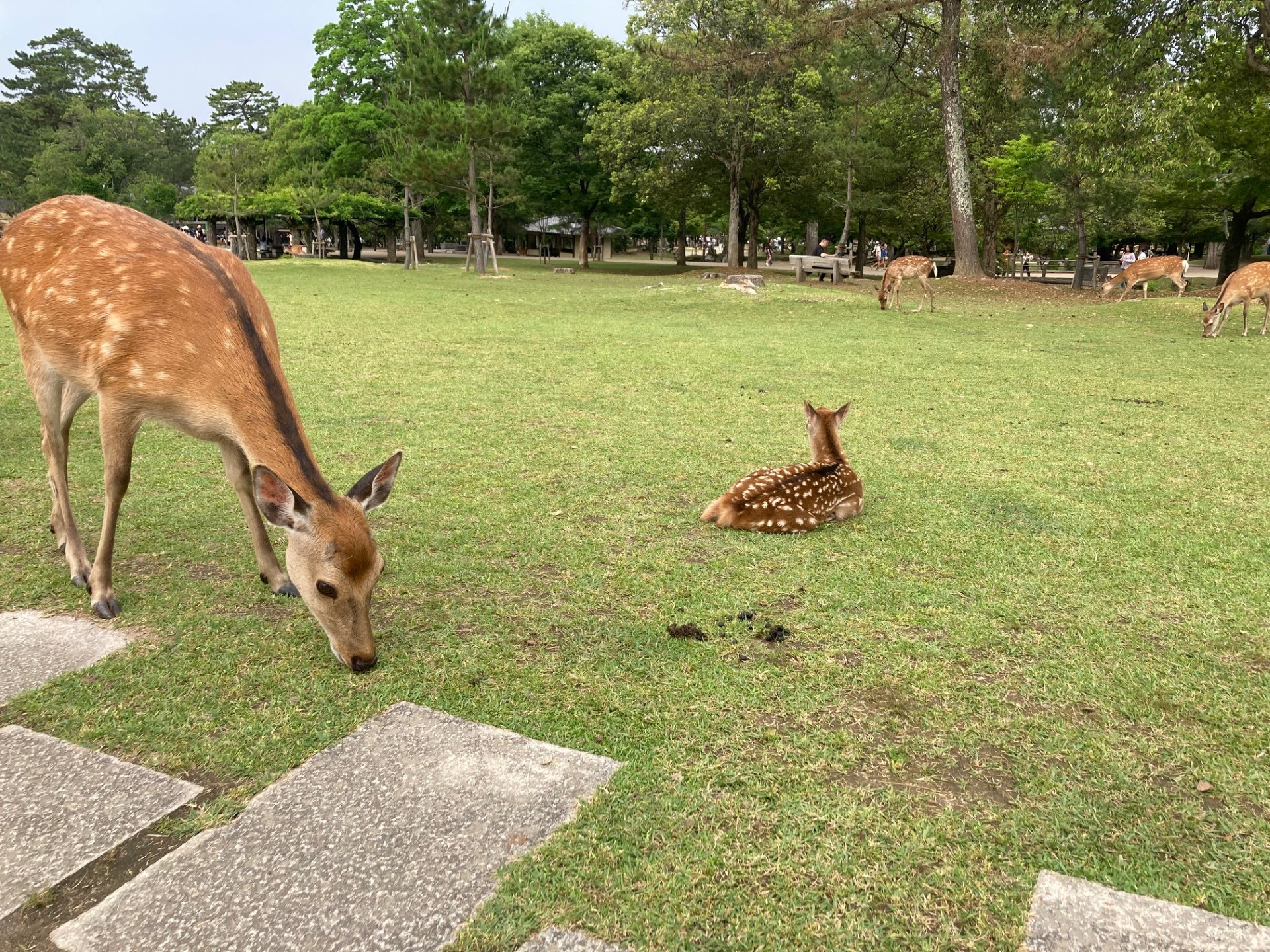
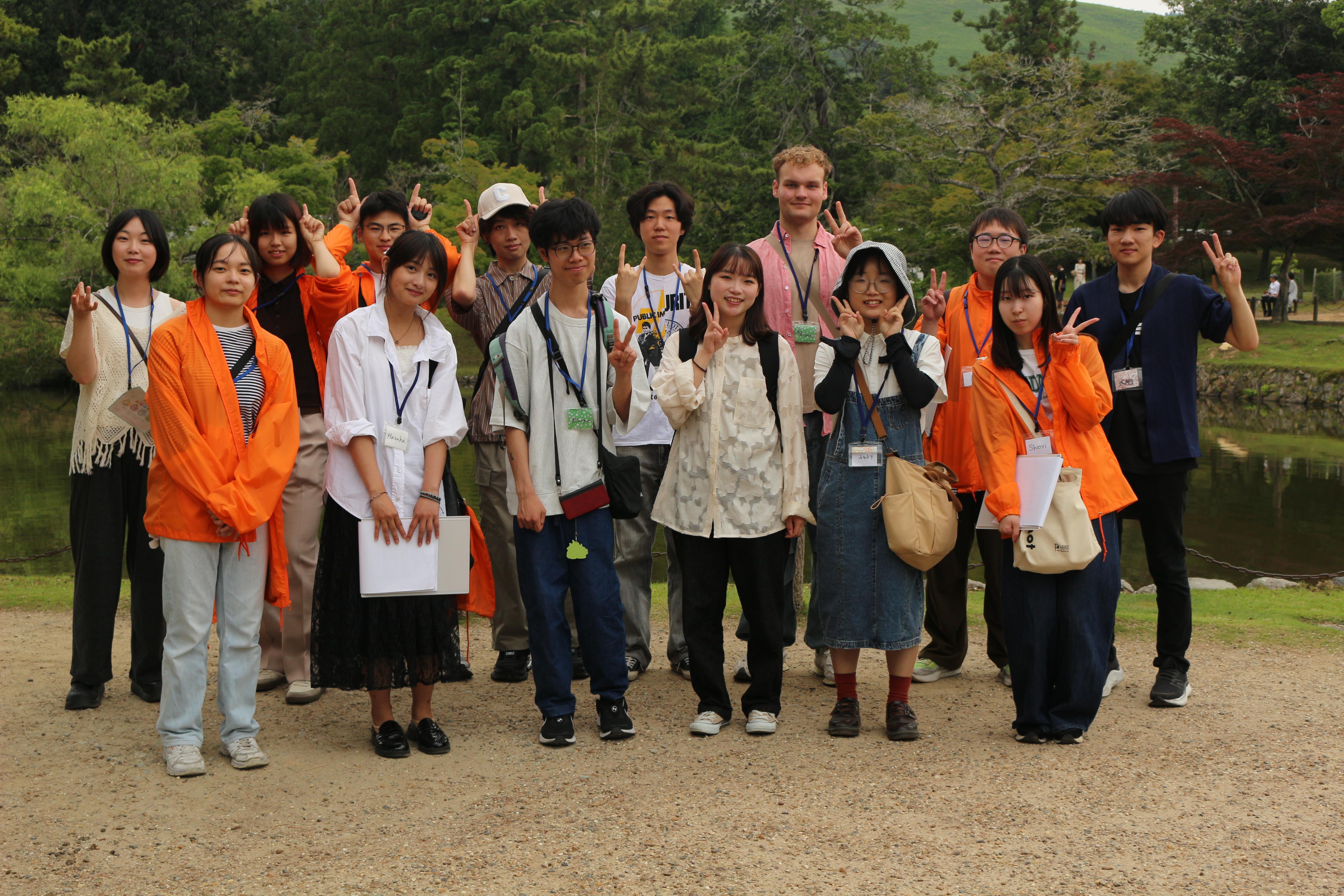
| Contact |
国際センター 留学生課(京田辺) TEL:0774-65-7453
|
|---|
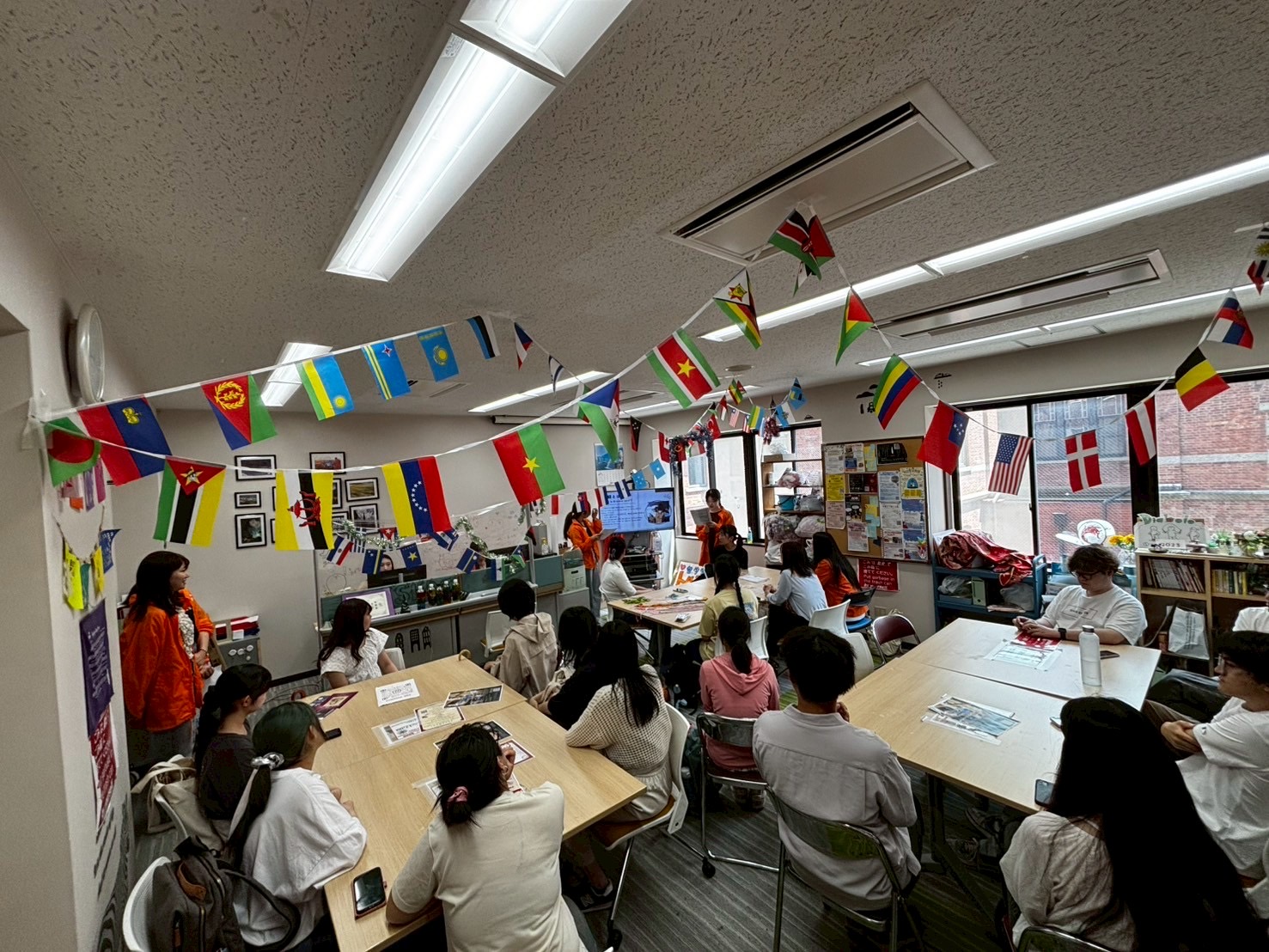
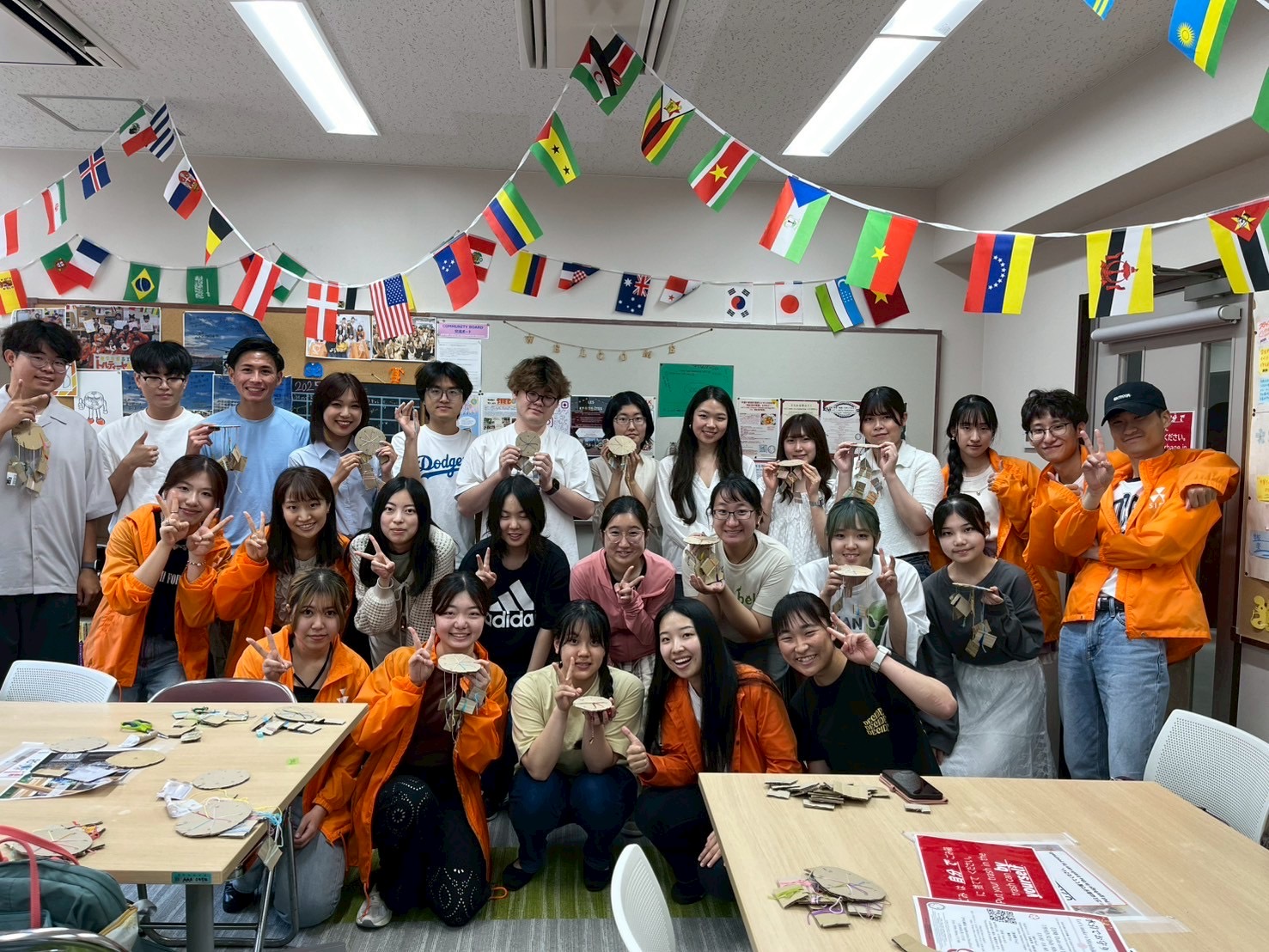
| Contact |
国際センター 留学生課 TEL:075-251-3257
|
|---|
We would be happy if the participants could survive the hot and humid summer in Japan by using the Uchiwa fans they created.
(This event was originally scheduled for July 3rd, but was held on the 4th due to scheduling circumstances.)
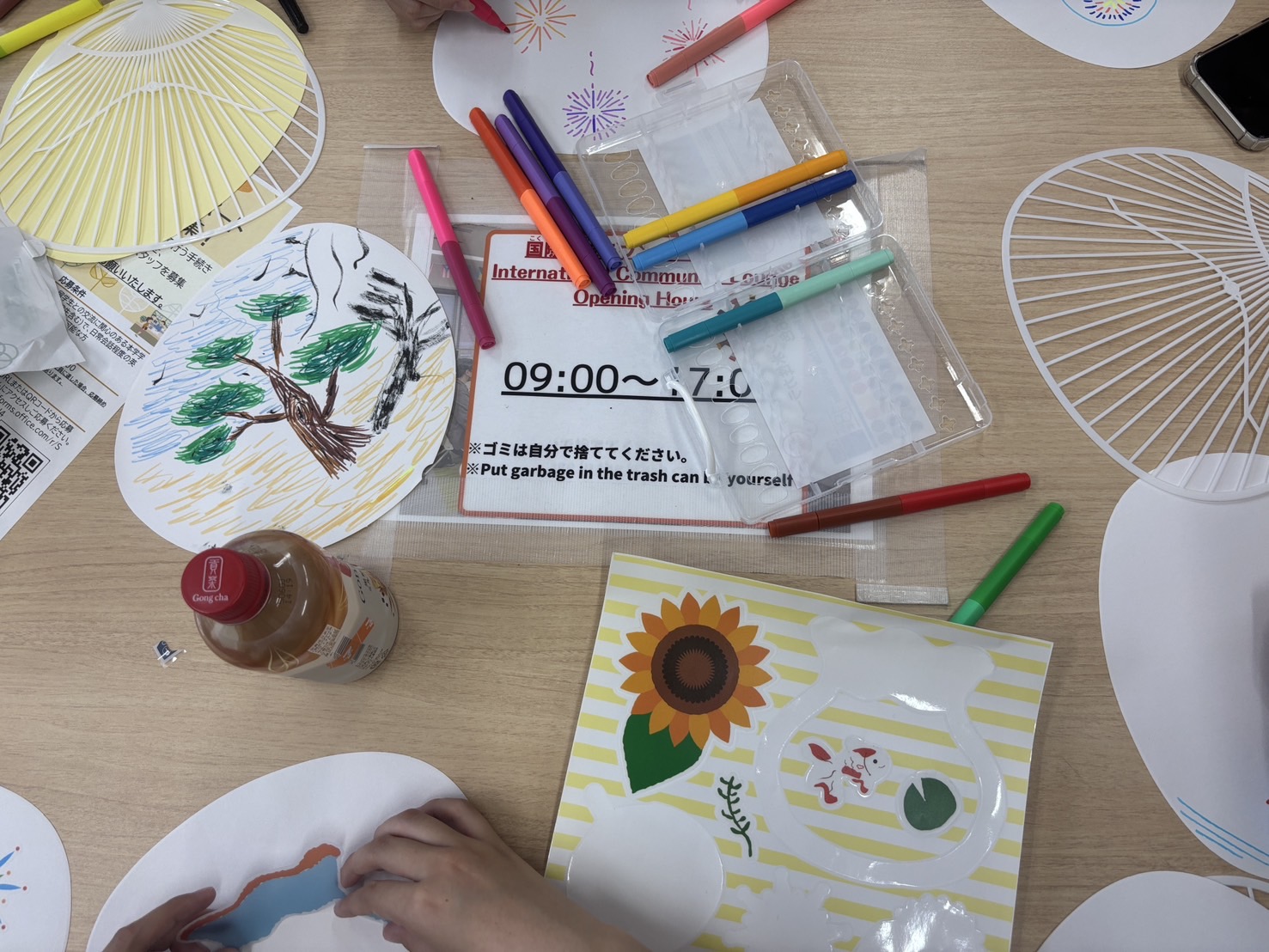
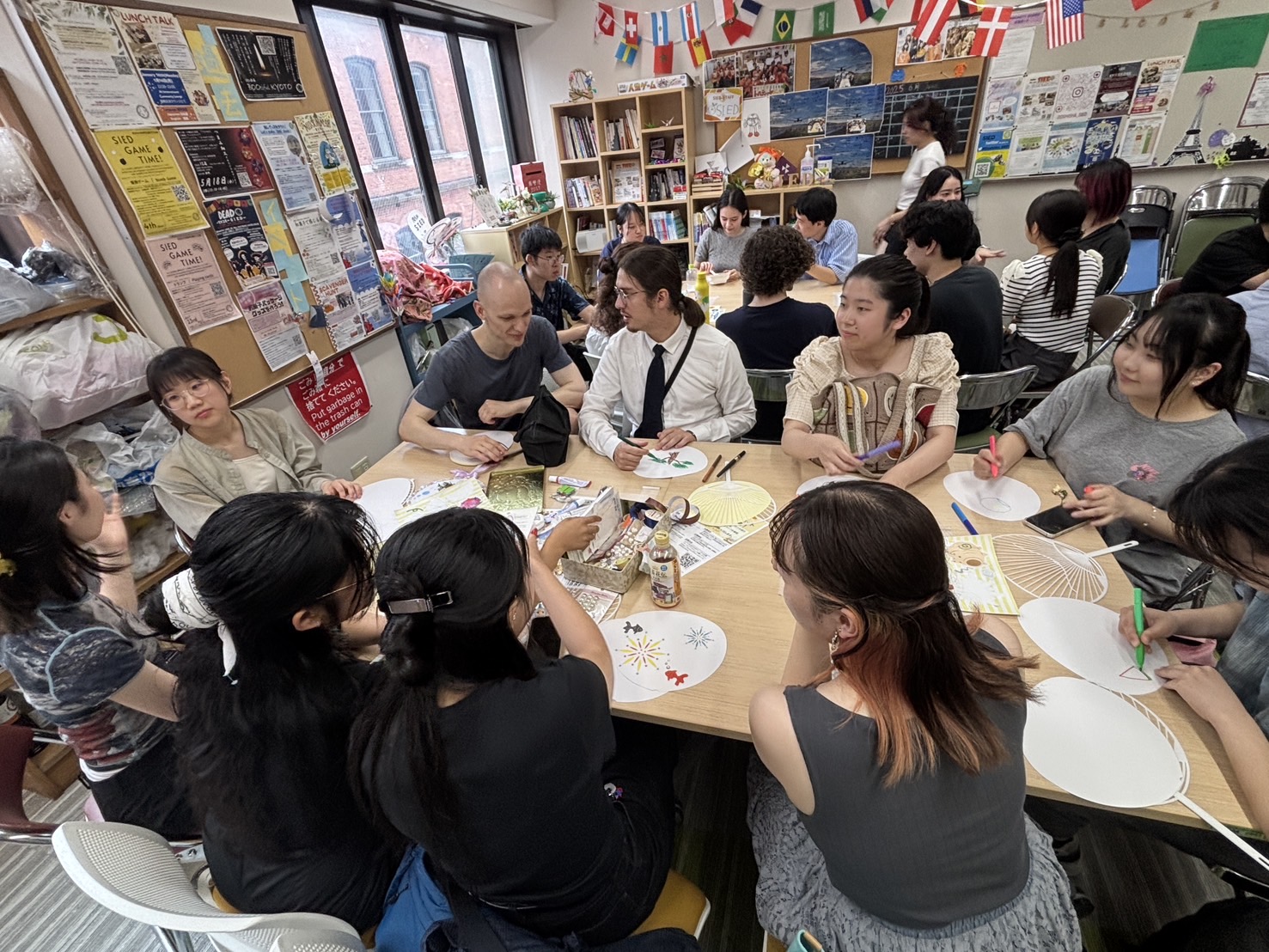
| Contact |
国際センター 留学生課 TEL:075-251-3257
|
|---|
A total of seven people, six international students and one local student, participated in the event and had a great time.
It was a great pleasure to see the participants actively communicating with each other and getting to know each other during the free time for strolling.

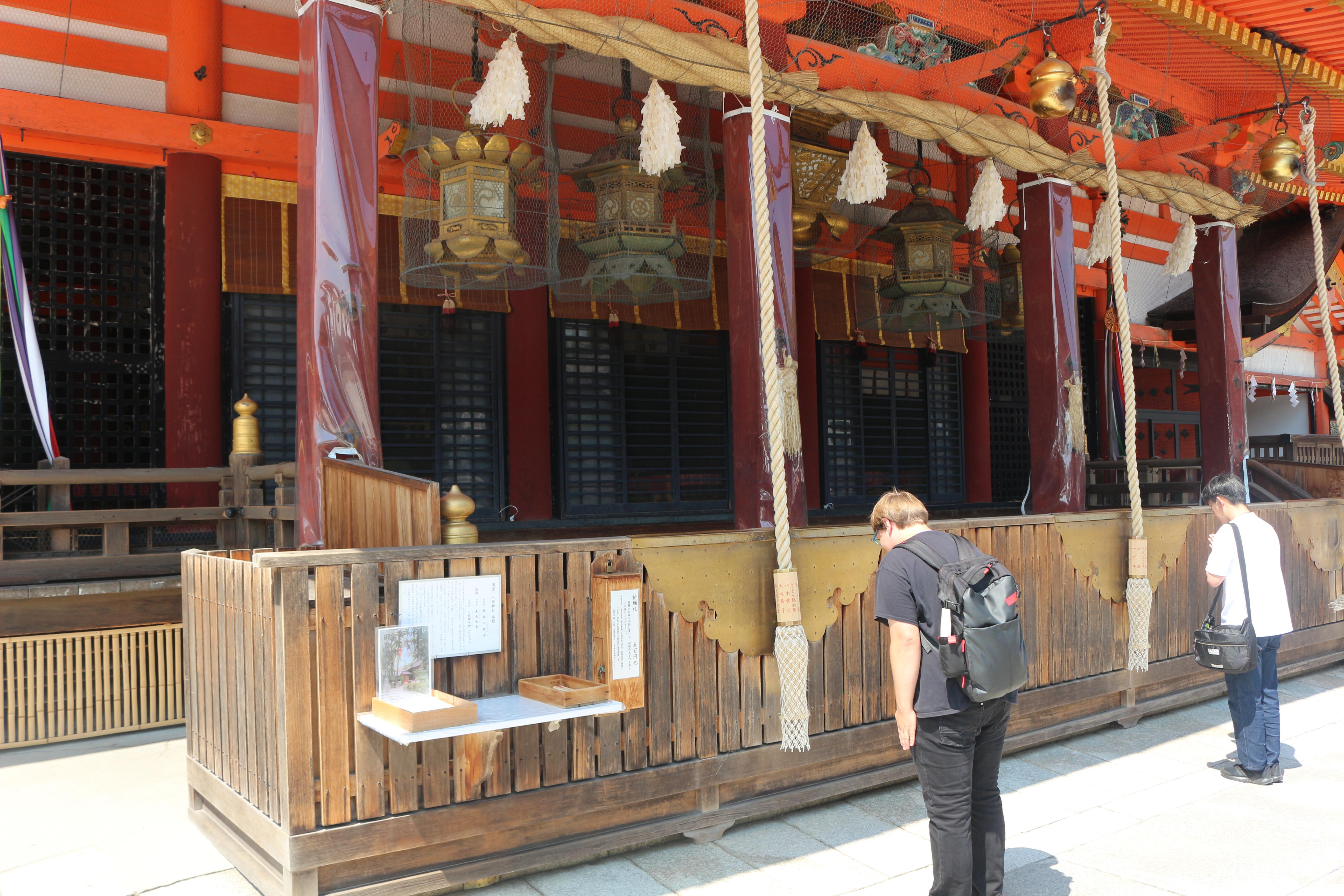


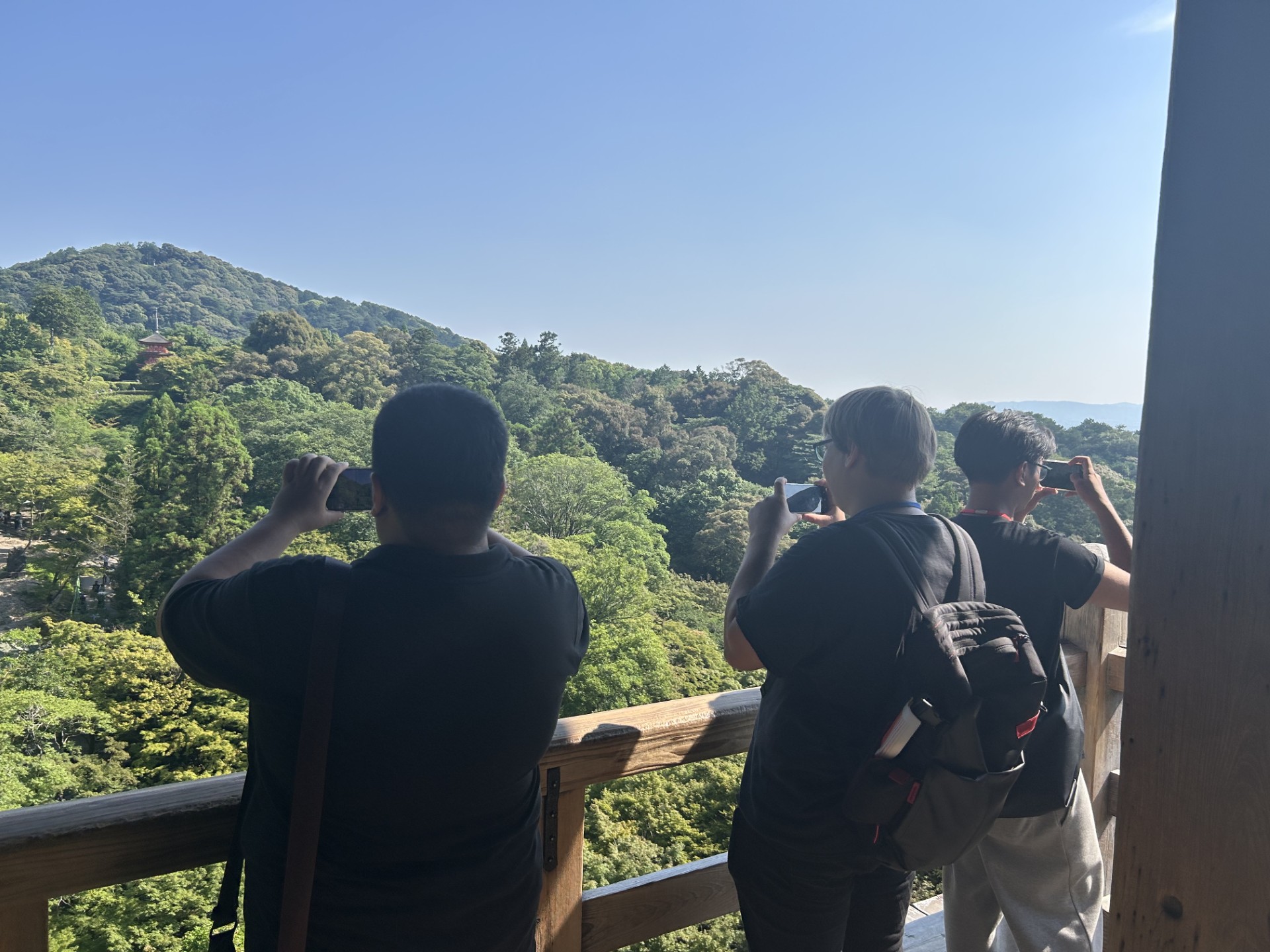
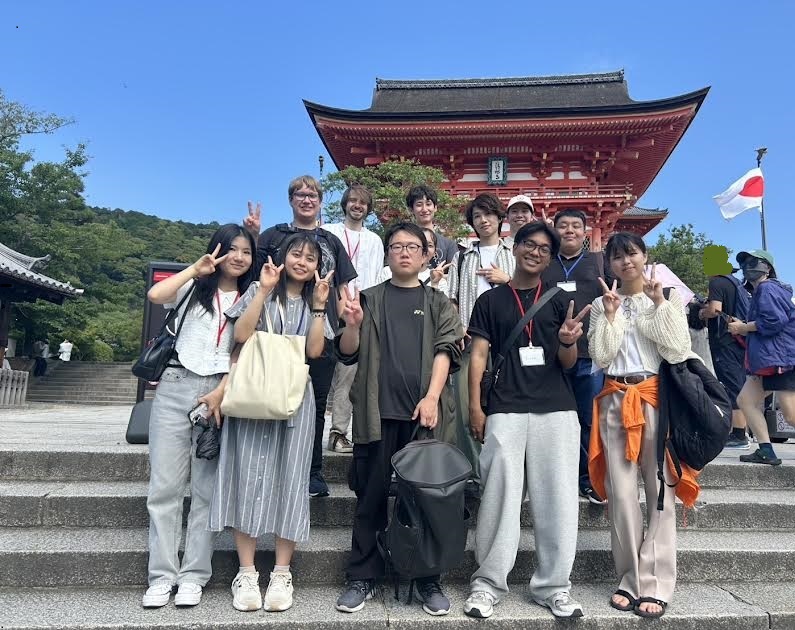
| Contact |
国際センター 留学生課(京田辺) TEL:0774-65-7453
|
|---|
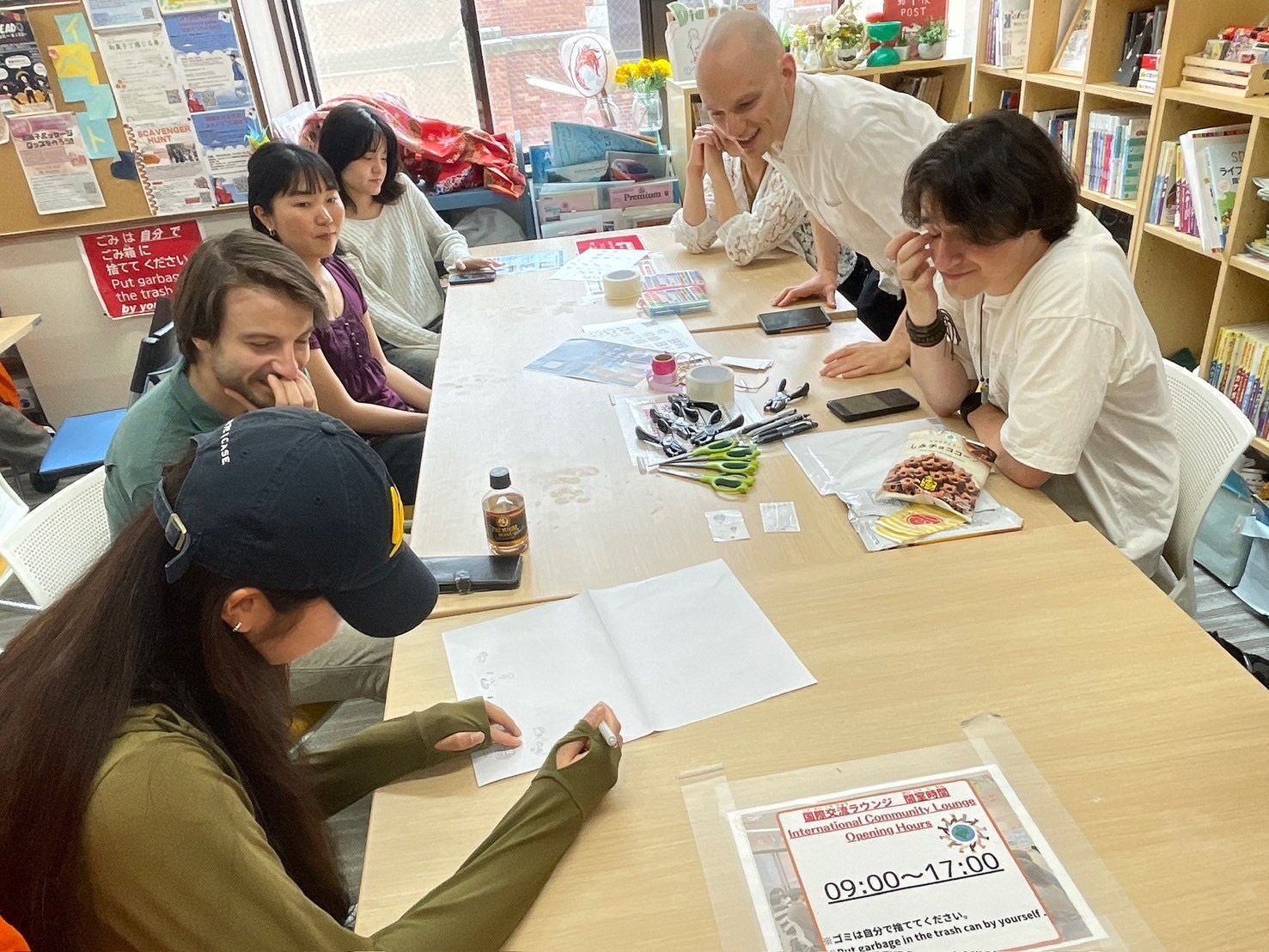
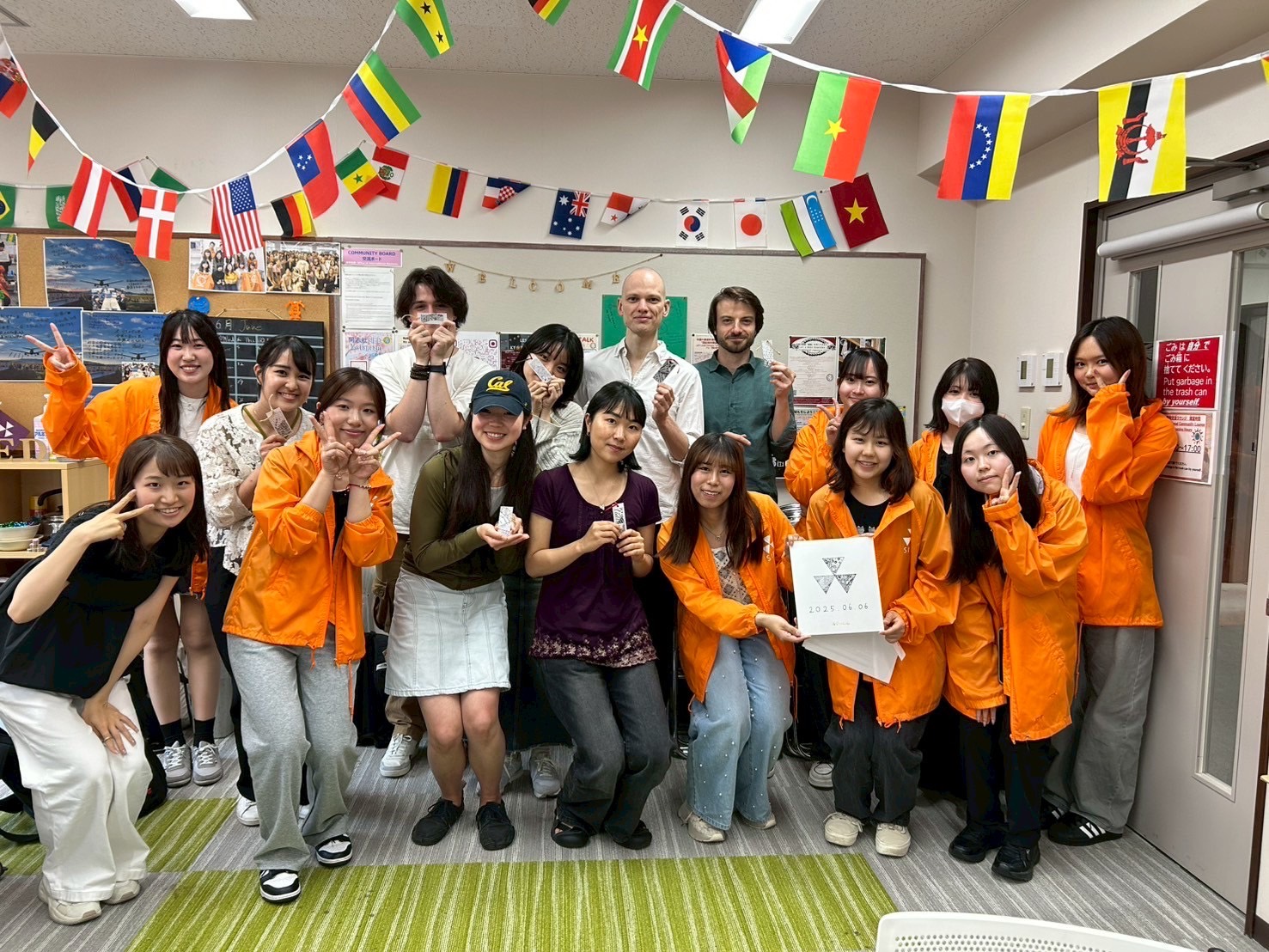
| Contact |
国際センター 留学生課 TEL:075-251-3257
|
|---|
As the shrine we visited is not only beautiful place but also rich in history, we were very pleased that the participants were able to experience a piece of Japanese culture and history through this event.
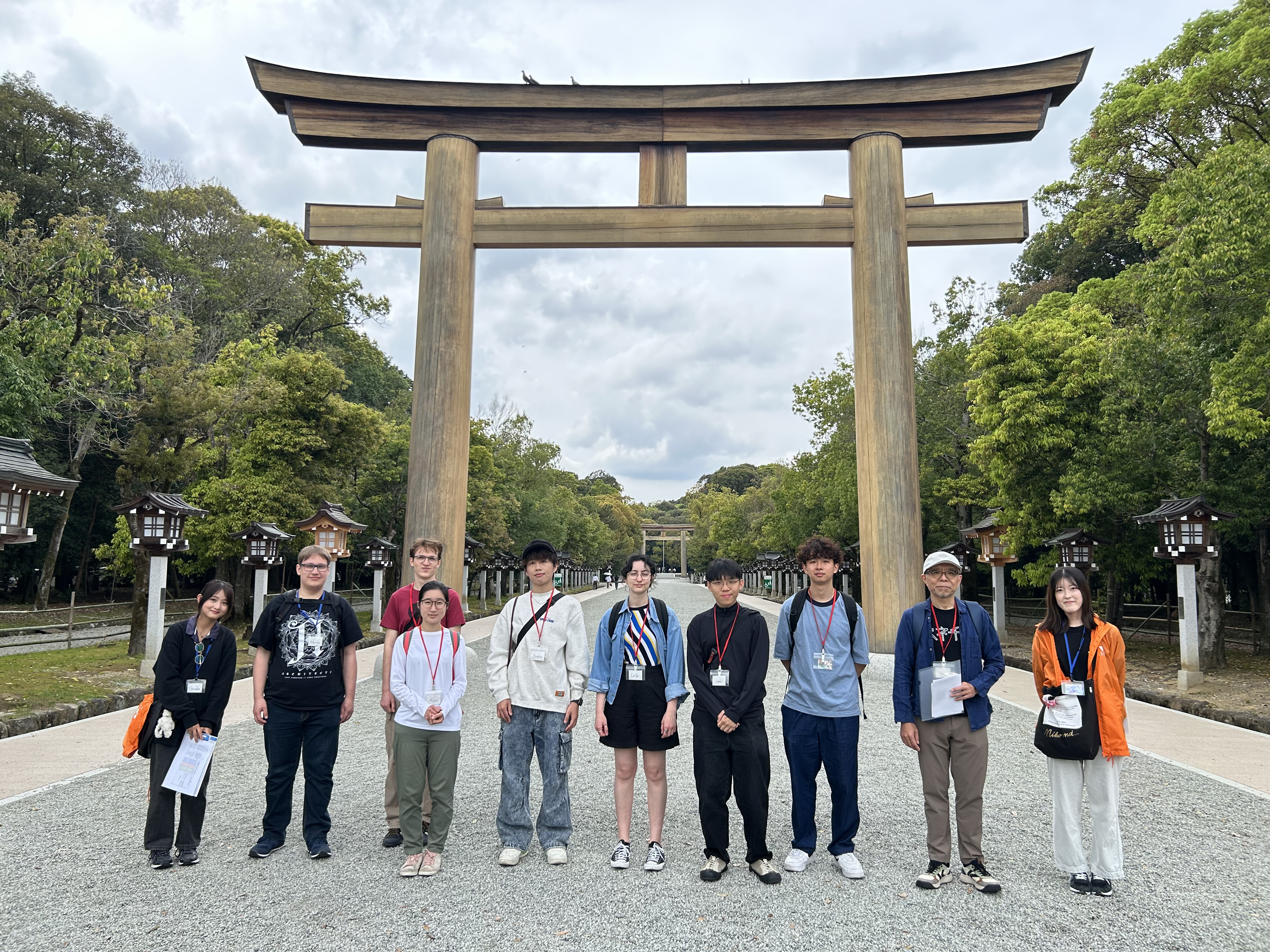
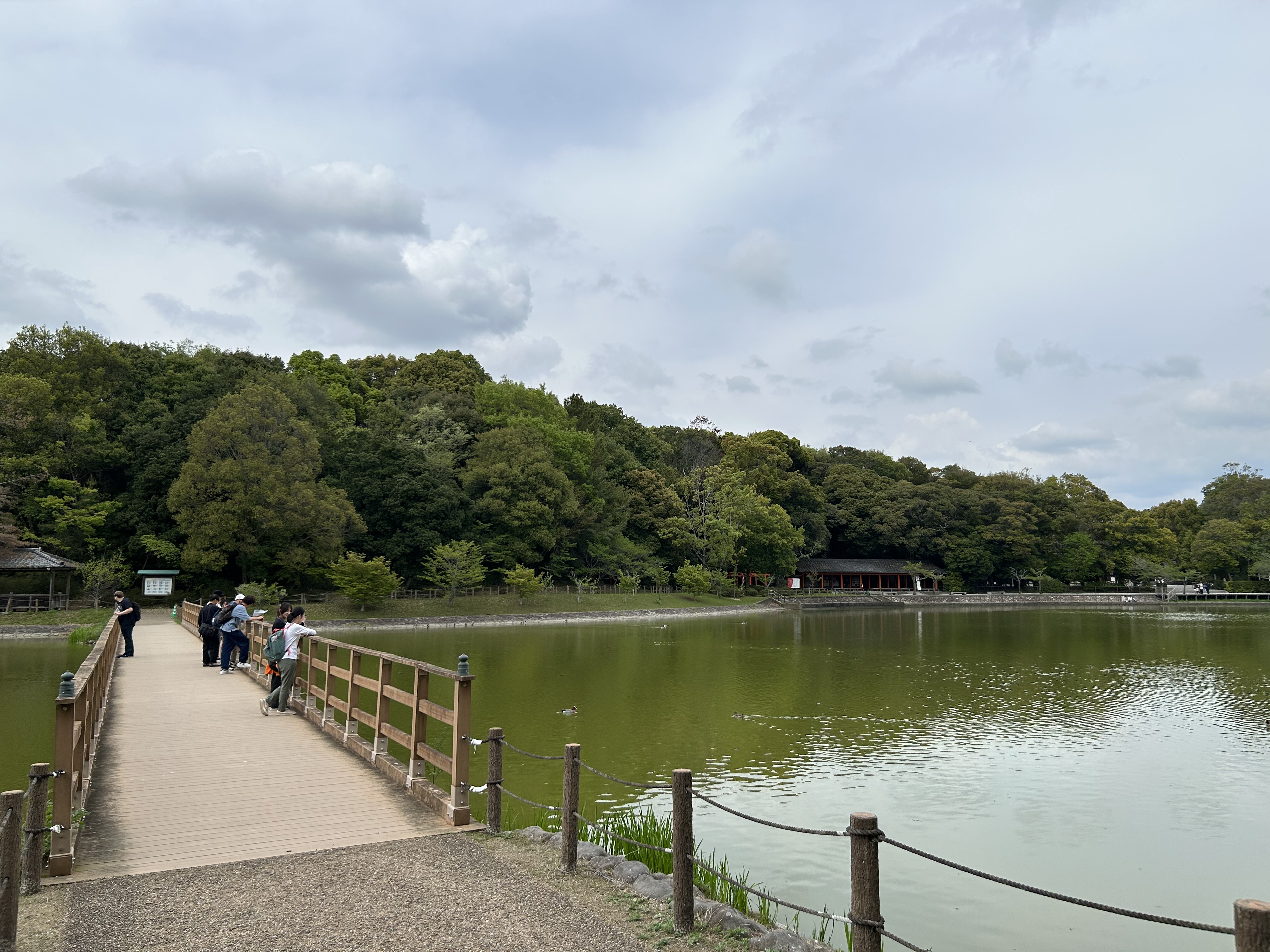
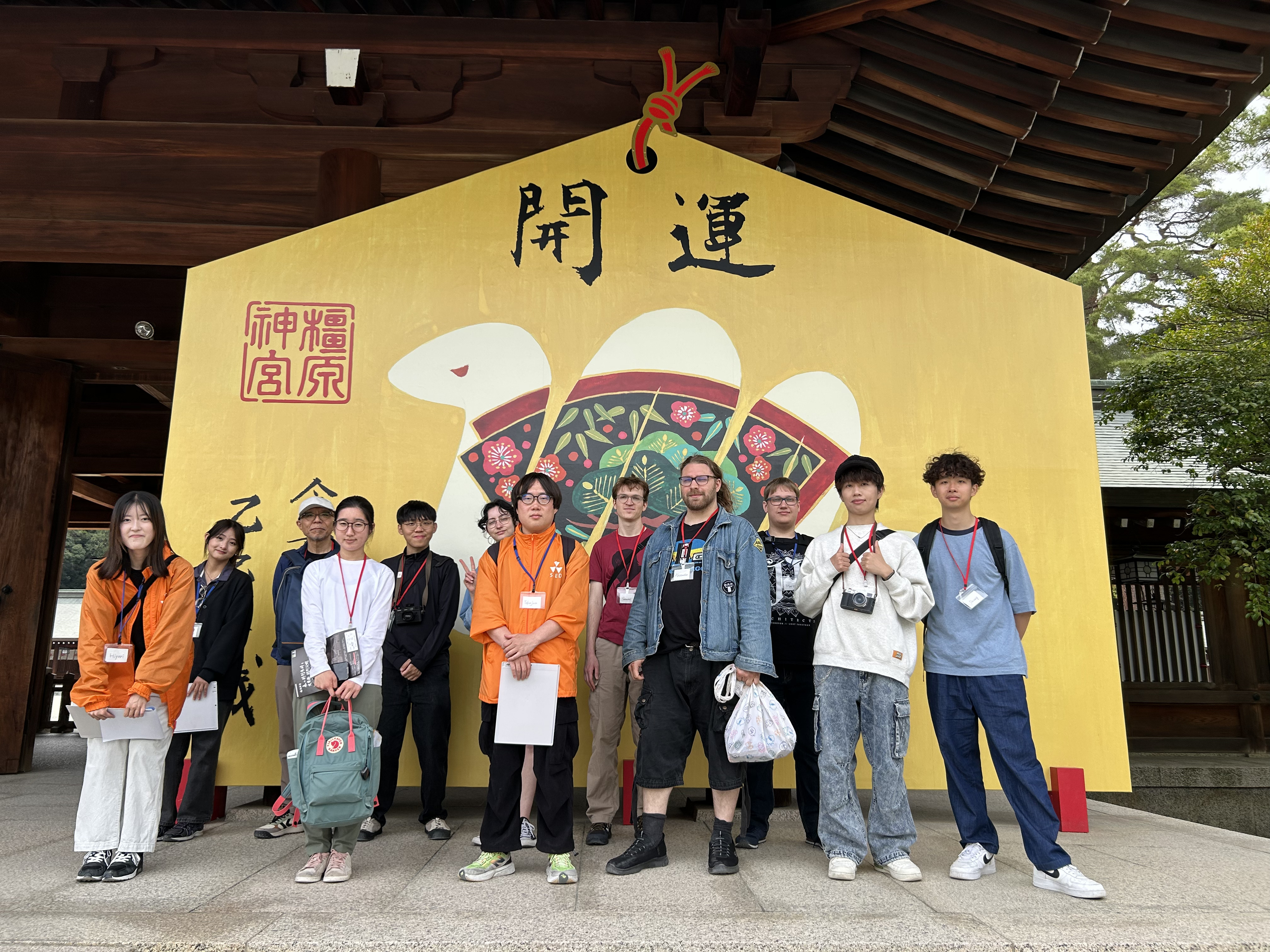
| Contact |
国際センター 留学生課(京田辺) TEL:0774-65-7453
|
|---|
Each participant then set a specific goal for the SDGs that he or she would like to work toward in the future.
At the end of the event, participants were presented with Doshisha University limited edition eco-bags as prizes.
The participants seemed satisfied with the event.
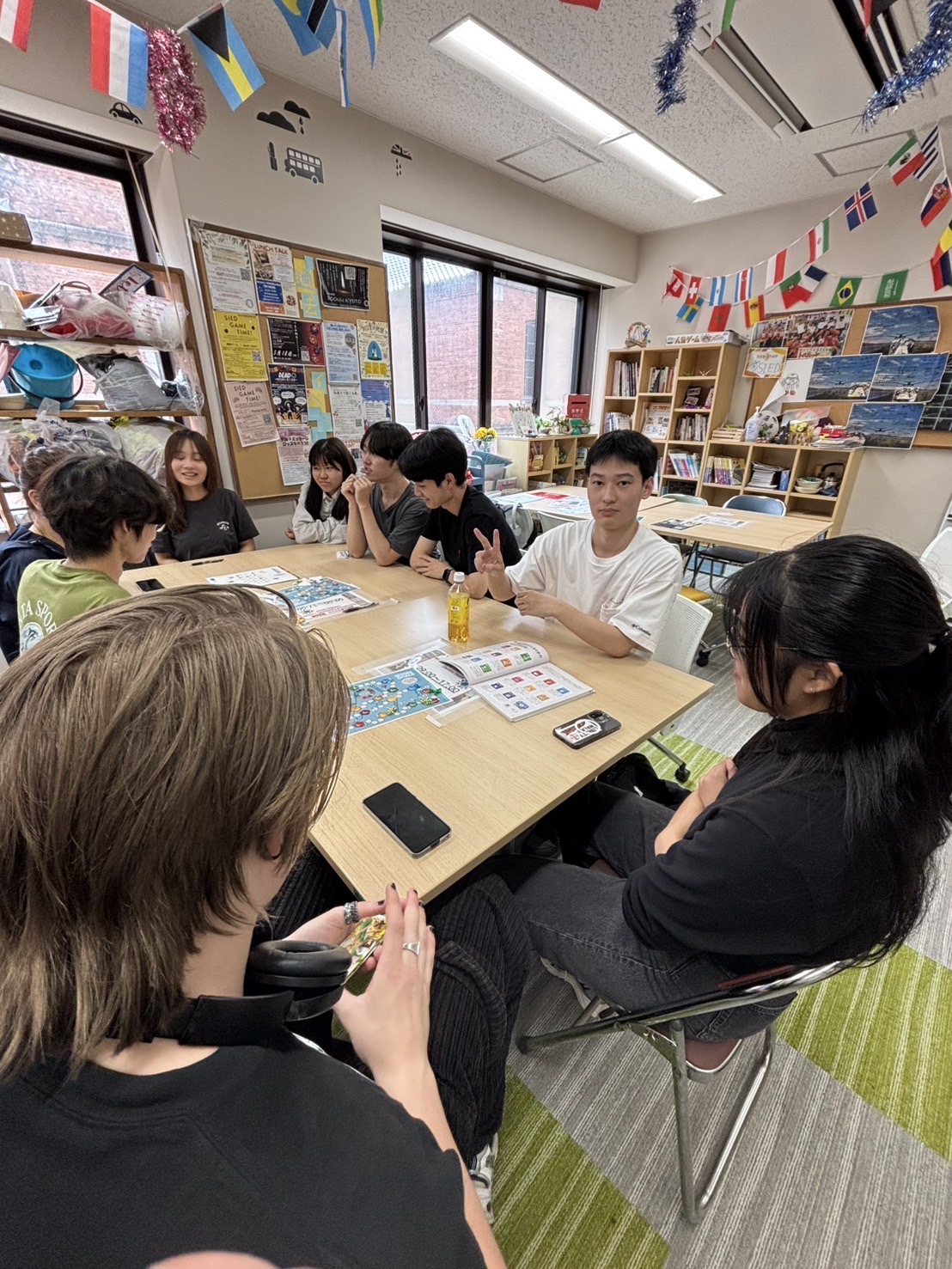
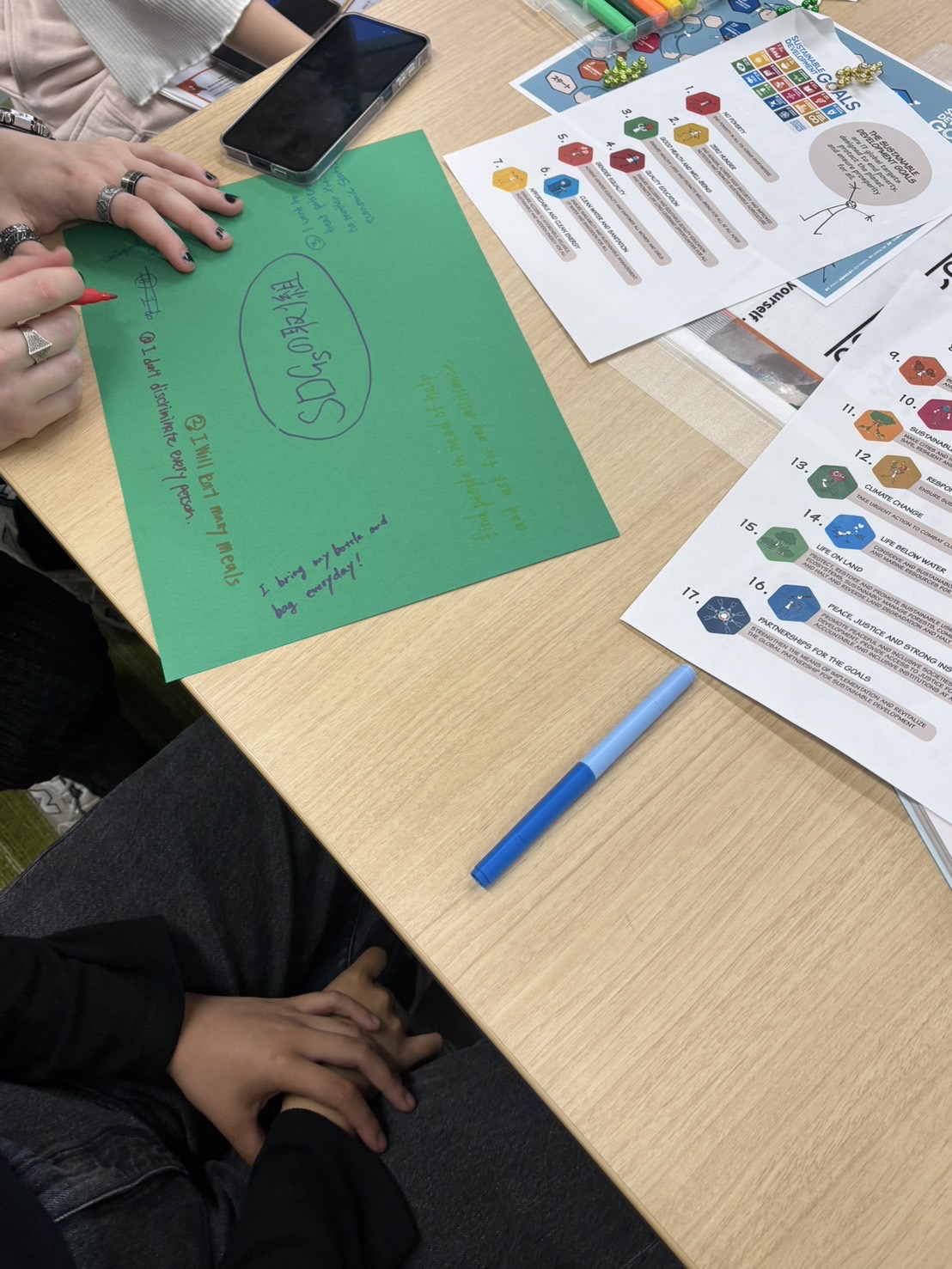
| Contact |
国際センター 留学生課 TEL:075-251-3257
|
|---|
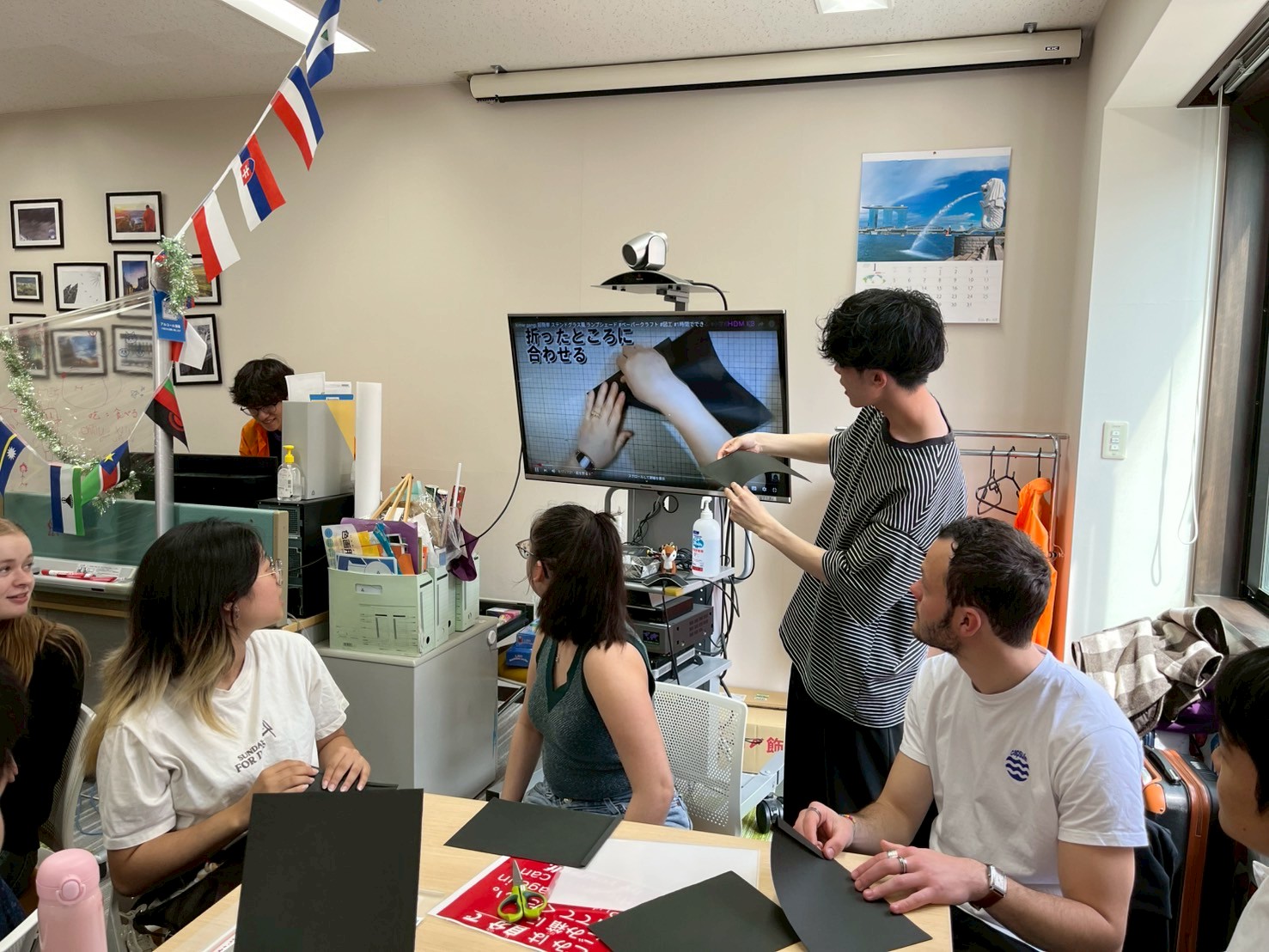
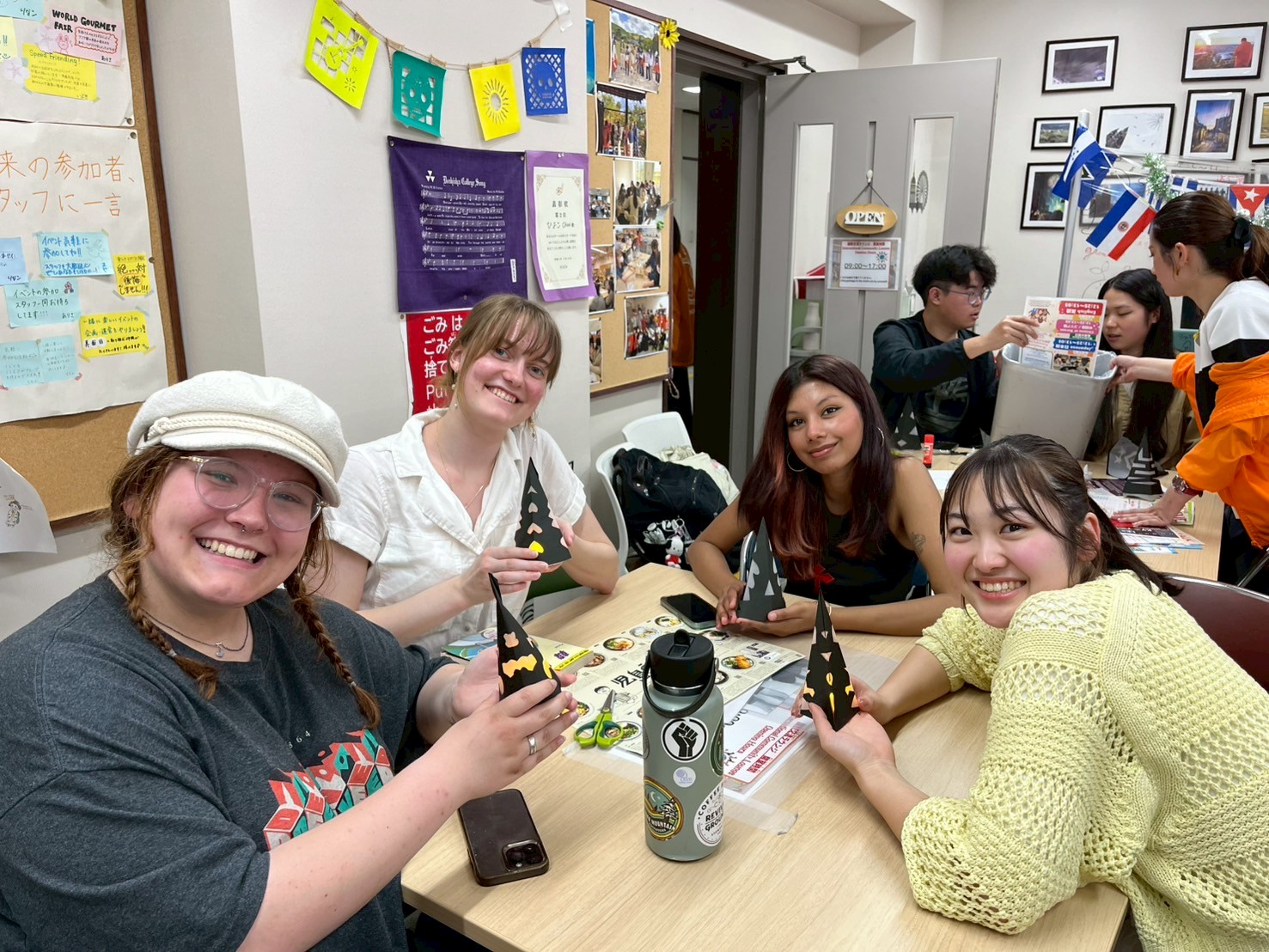

| Contact |
国際センター 留学生課 TEL:075-251-3257
|
|---|
The international students were especially fascinated by the experience, as it was their first time planting rice in Japan.
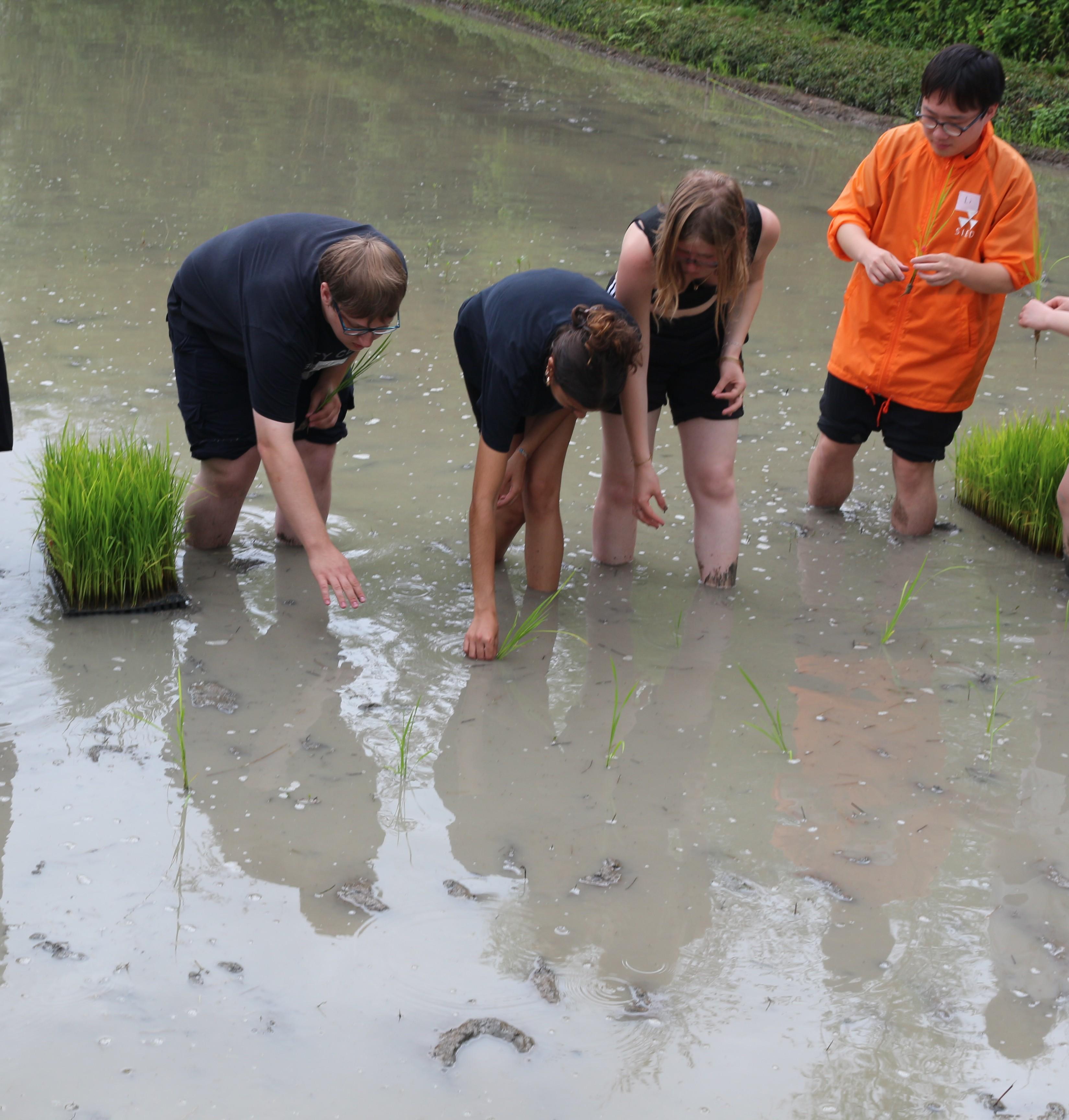
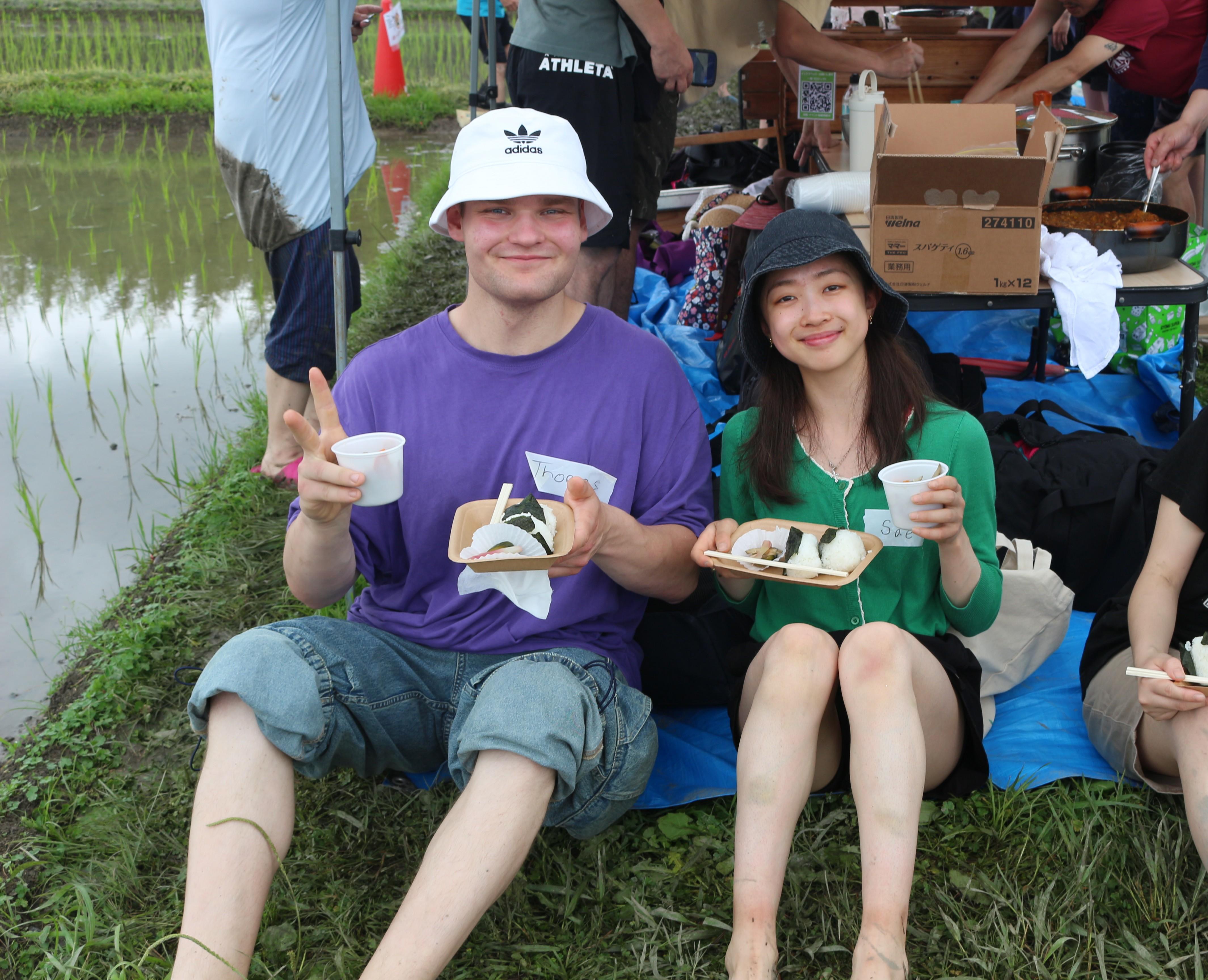
| Contact |
国際センター 留学生課(京田辺) TEL:0774-65-7453
|
|---|
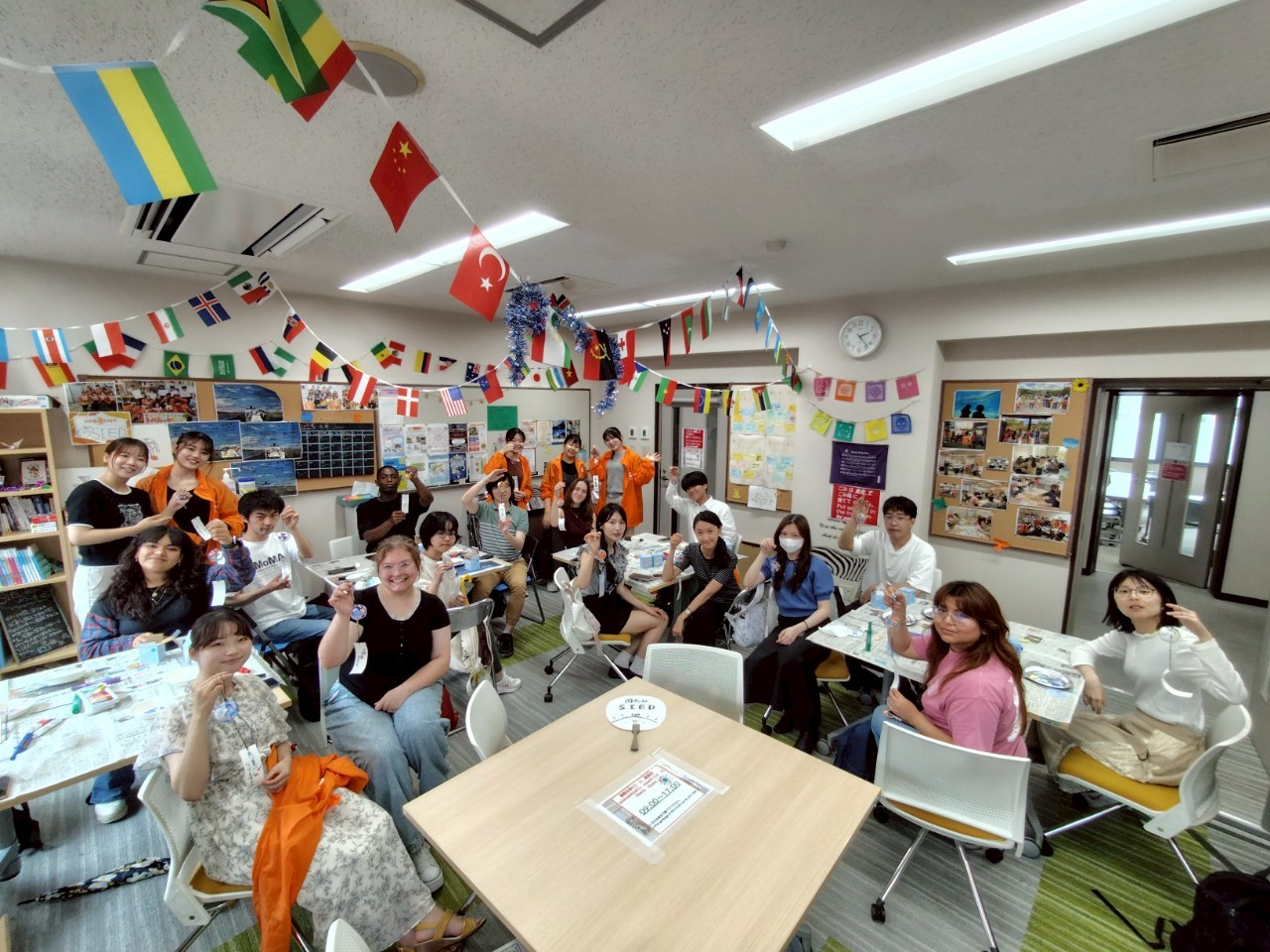
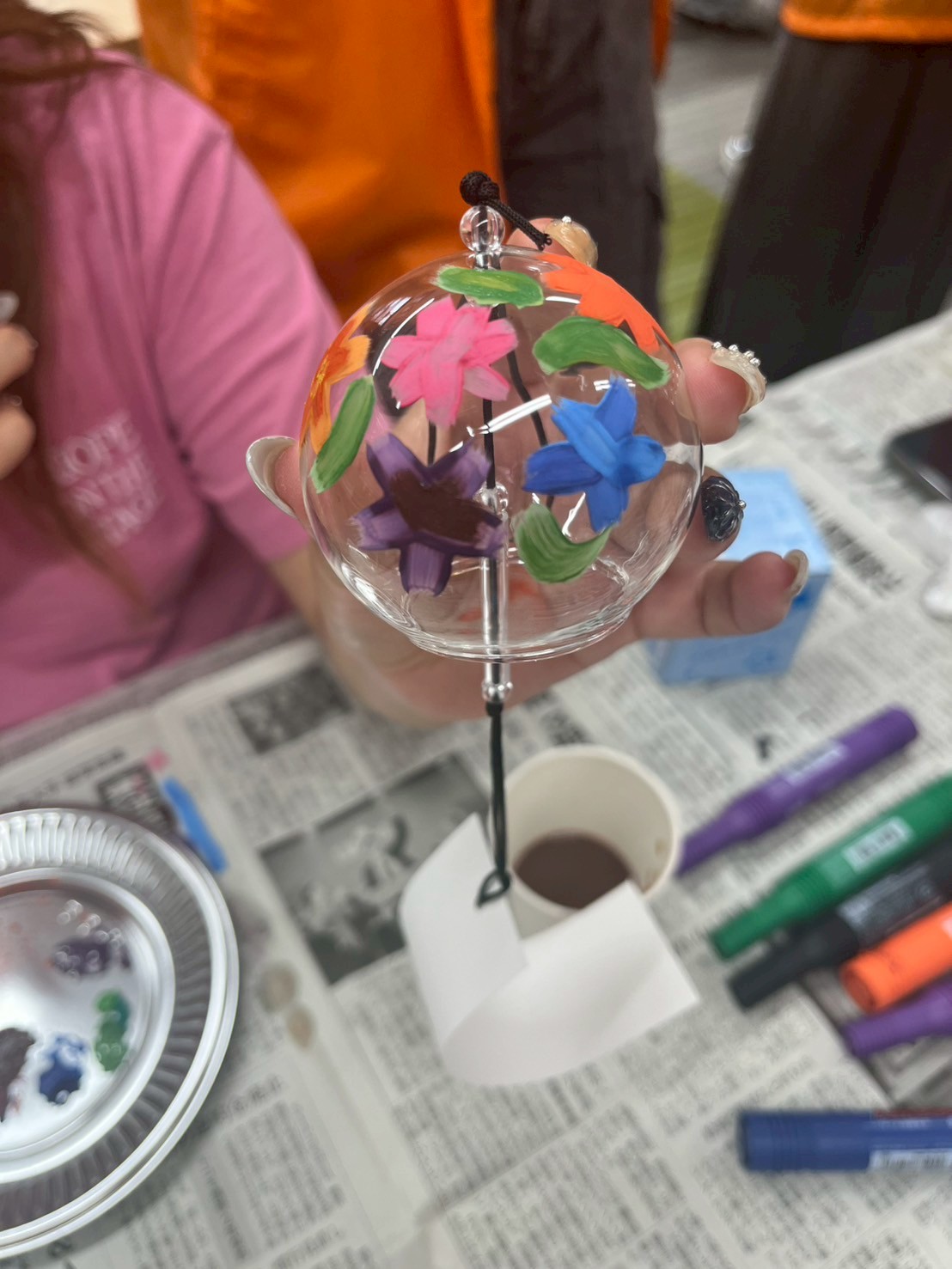
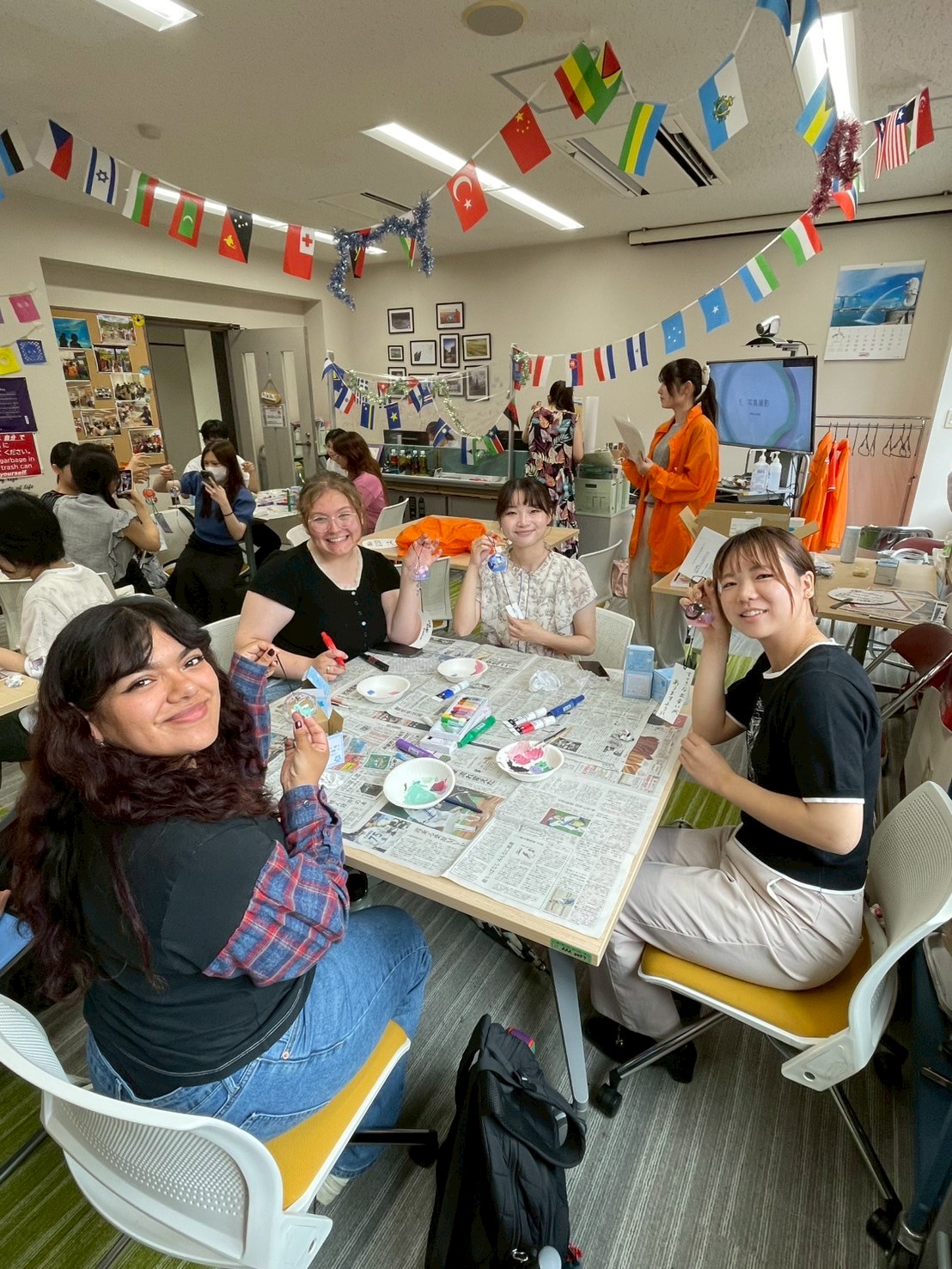
| Contact |
国際センター 留学生課 TEL:075-251-3257
|
|---|
